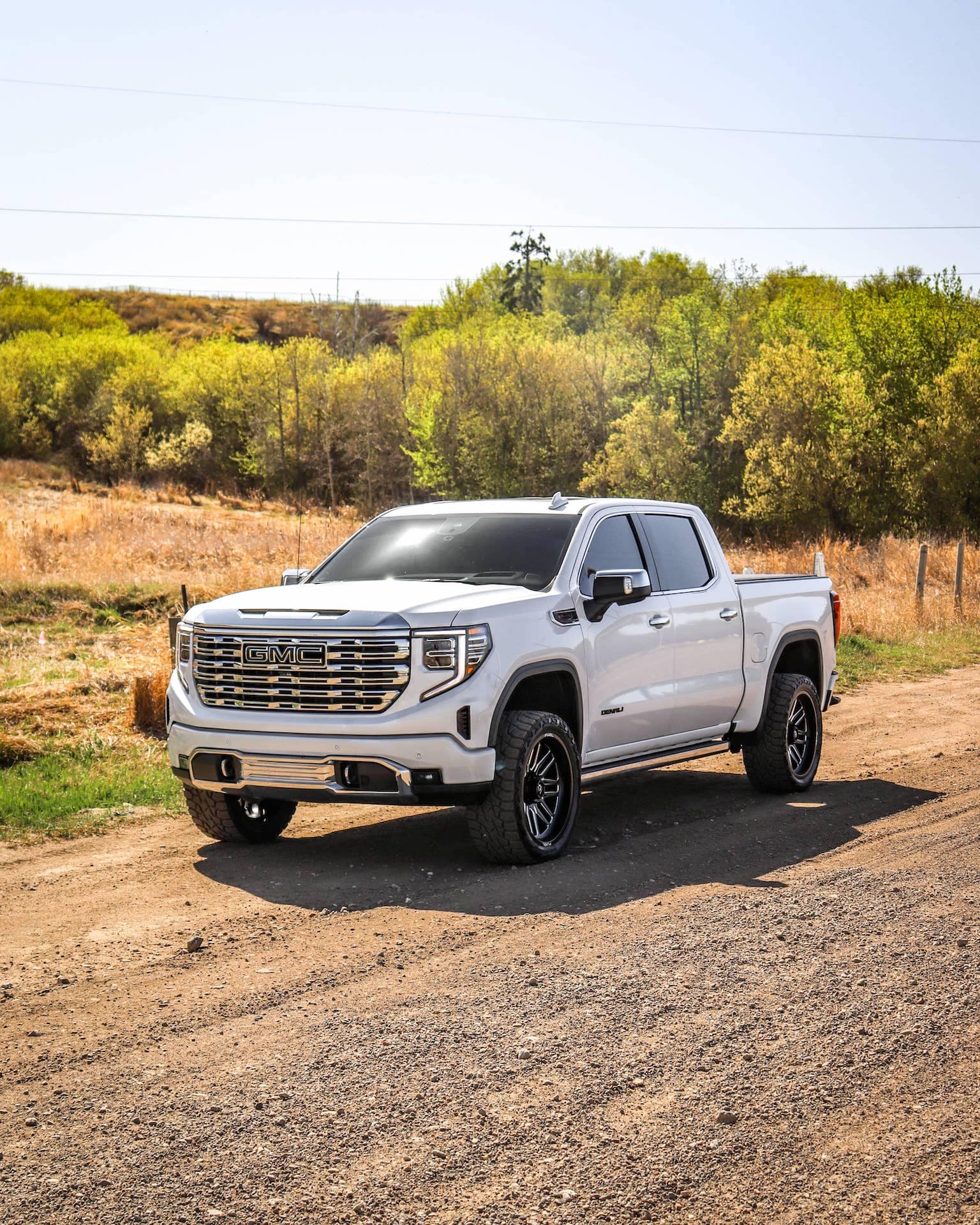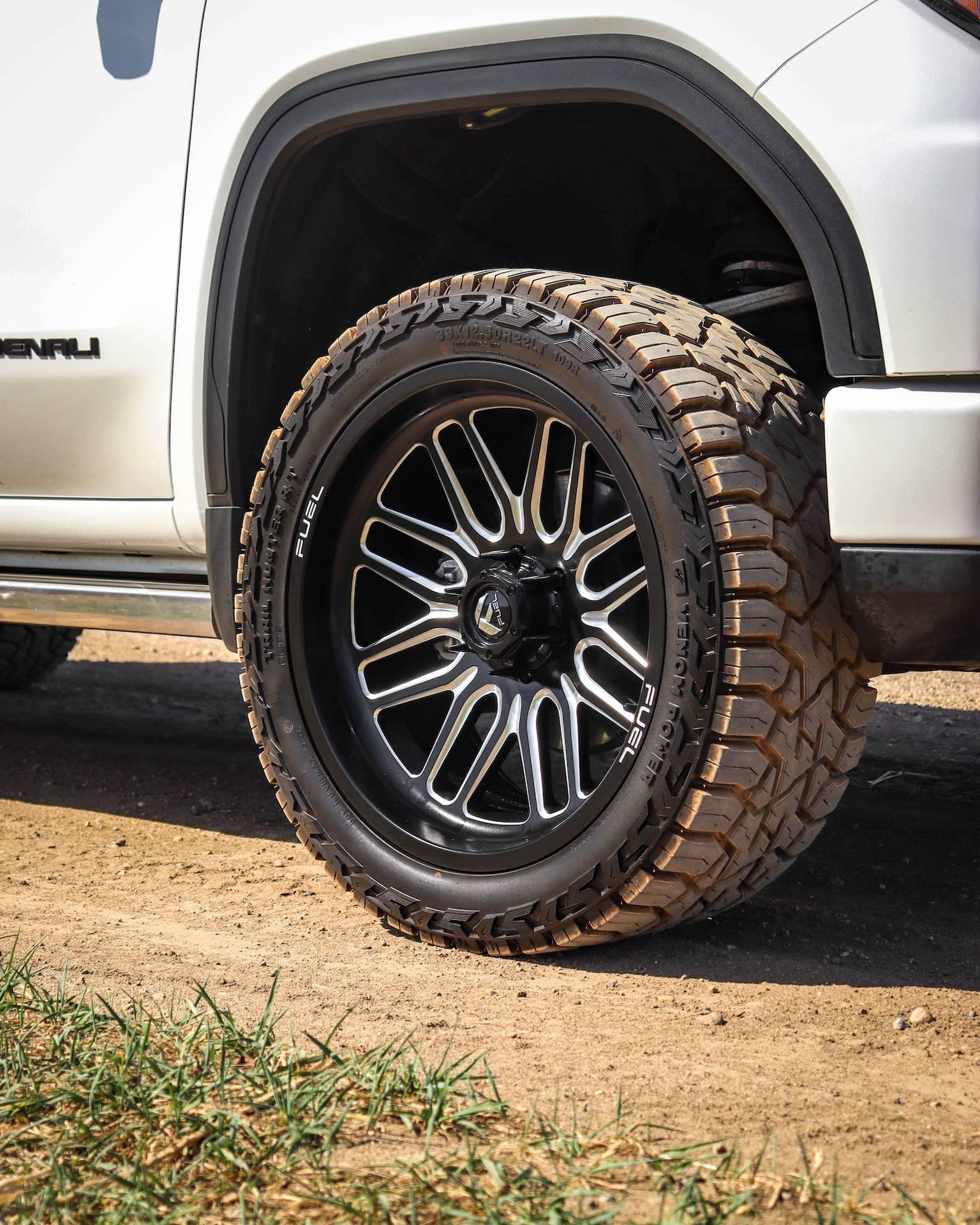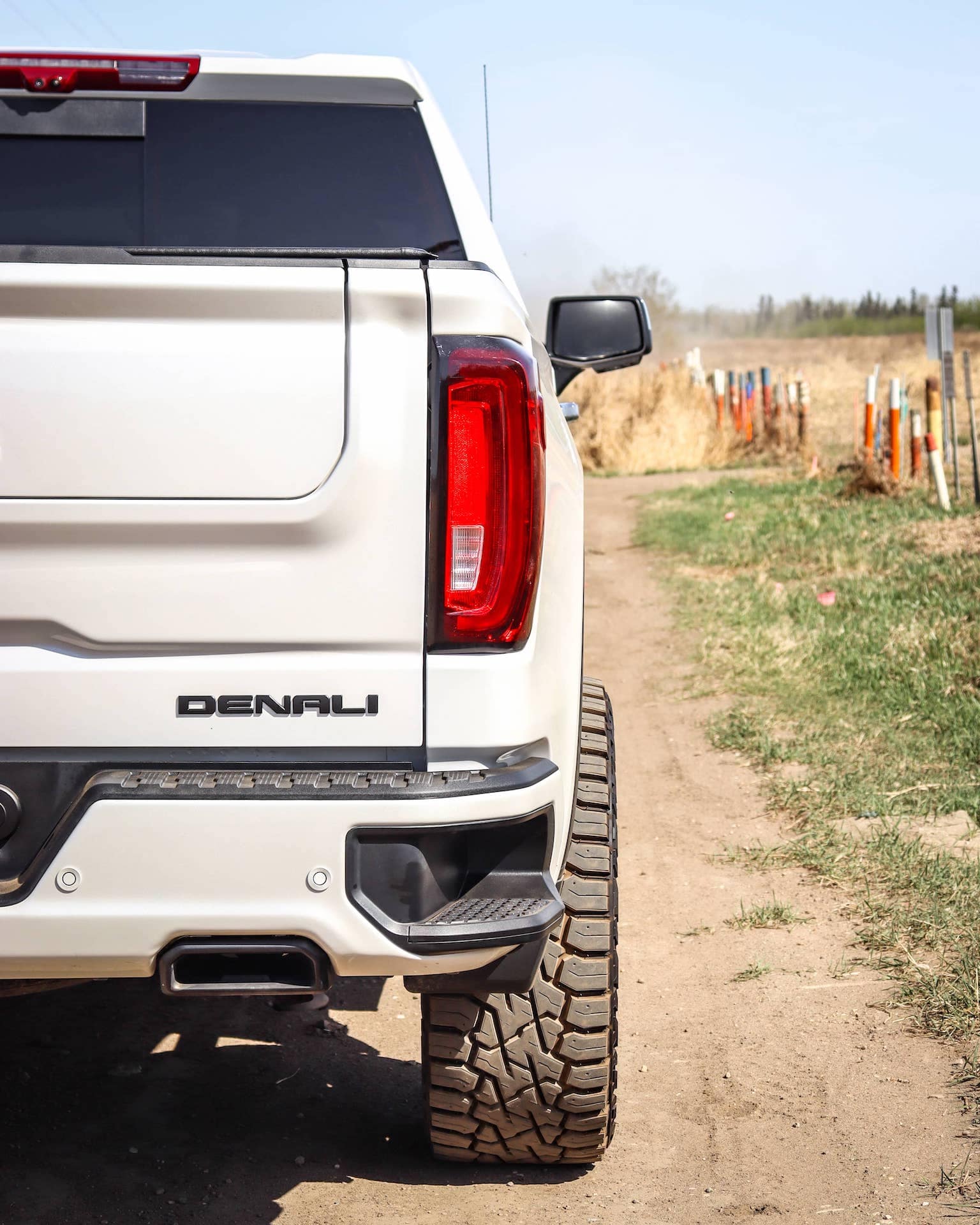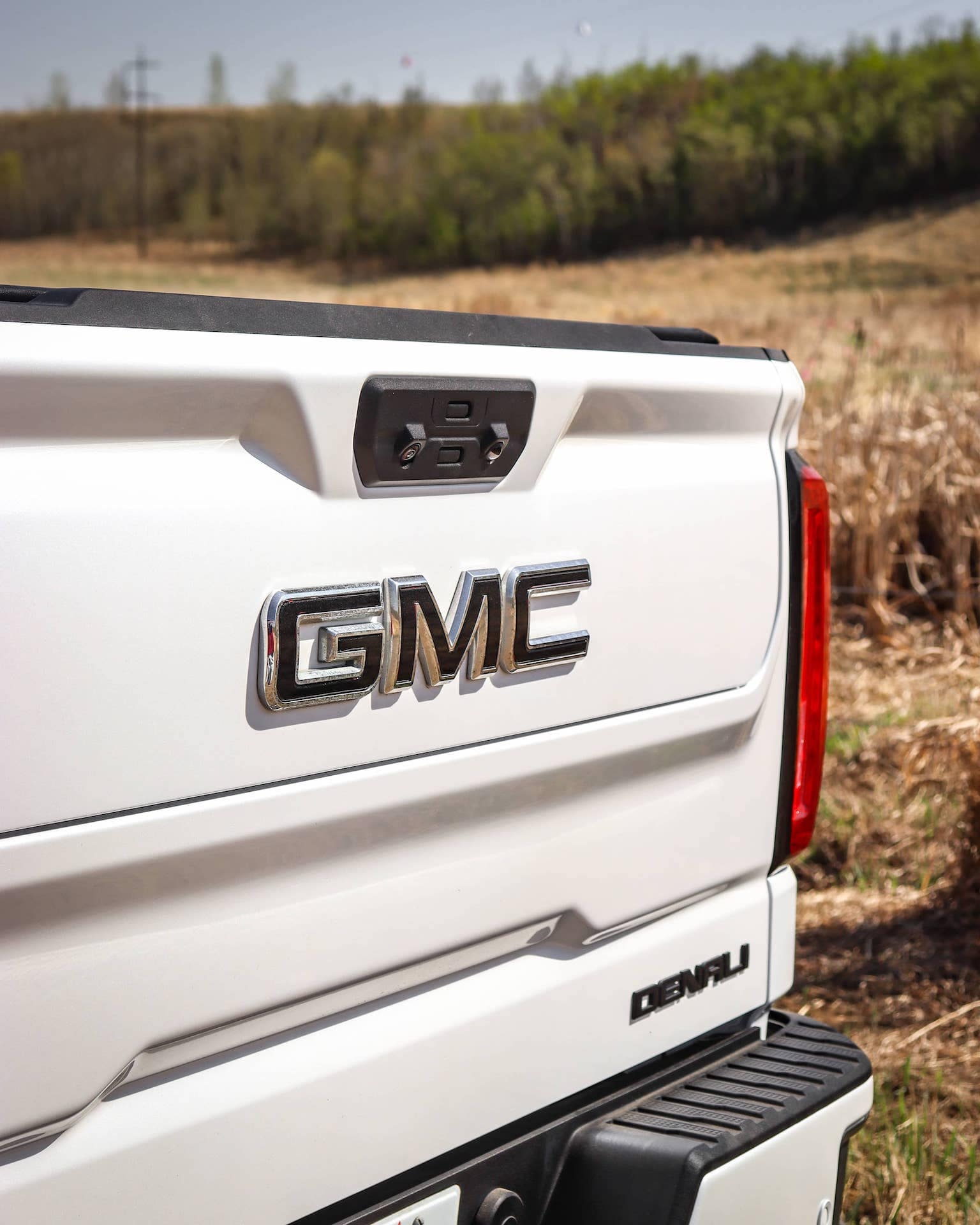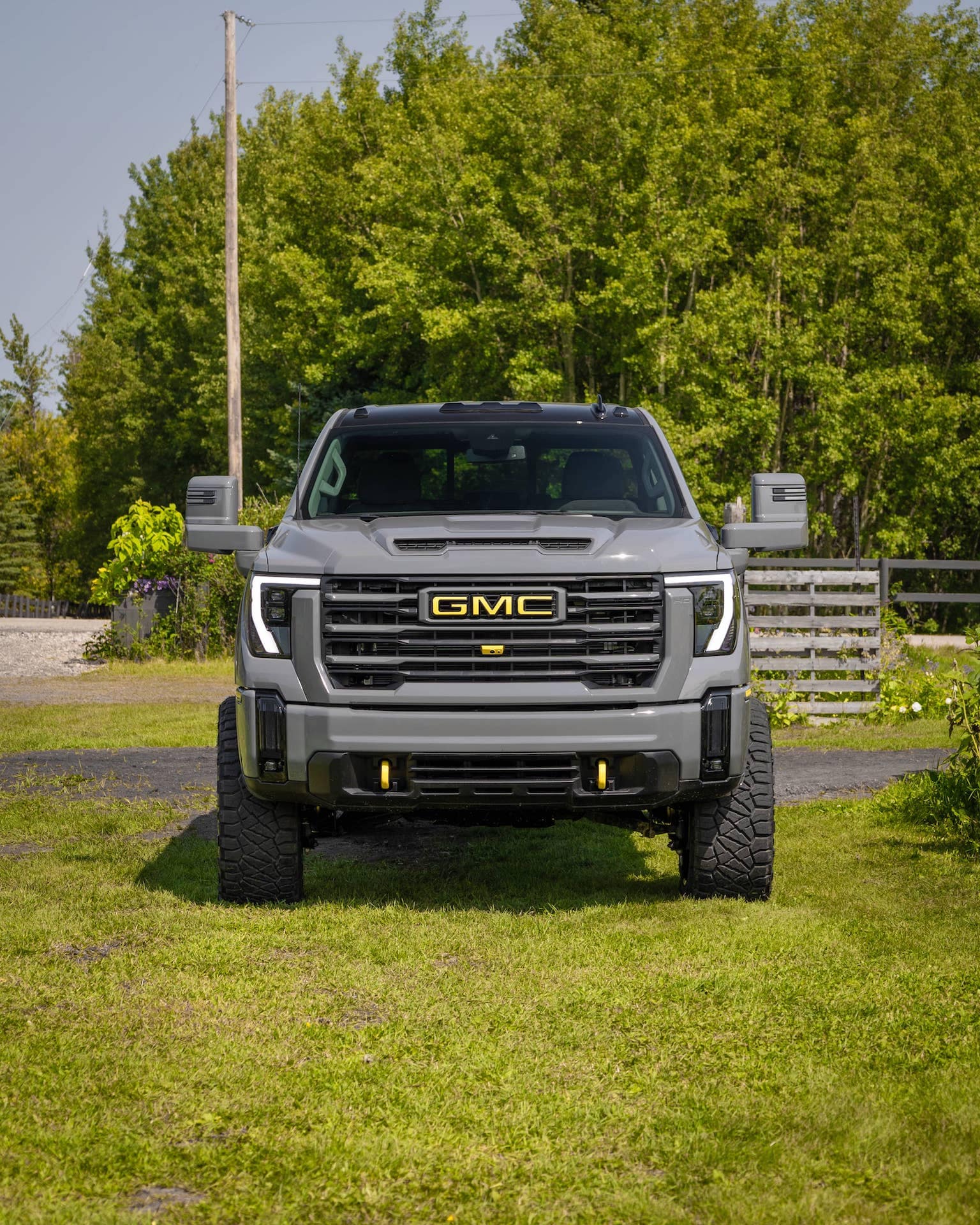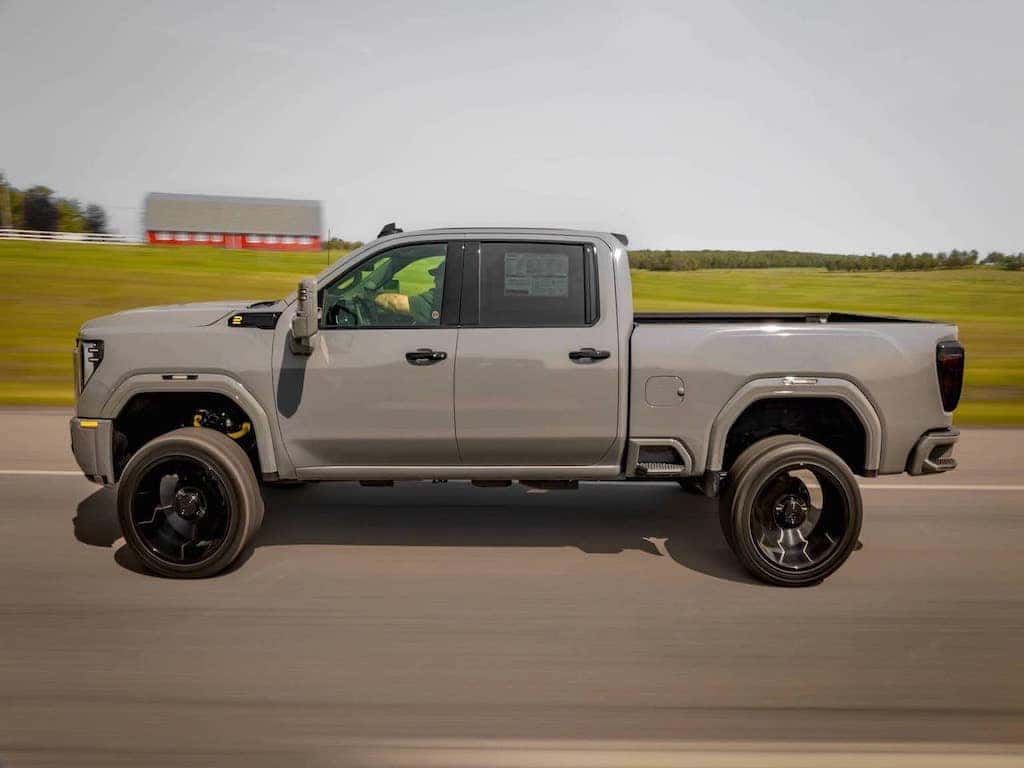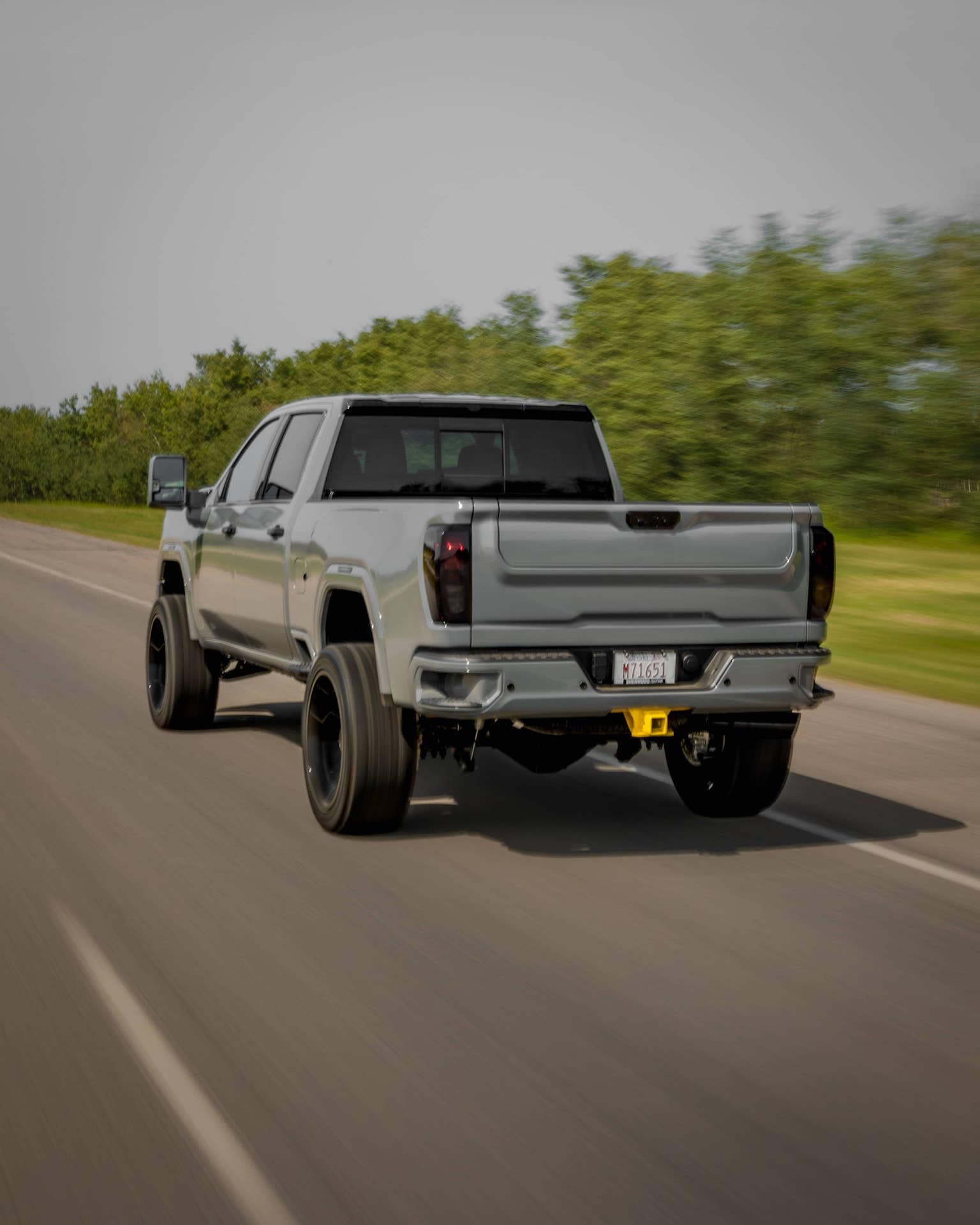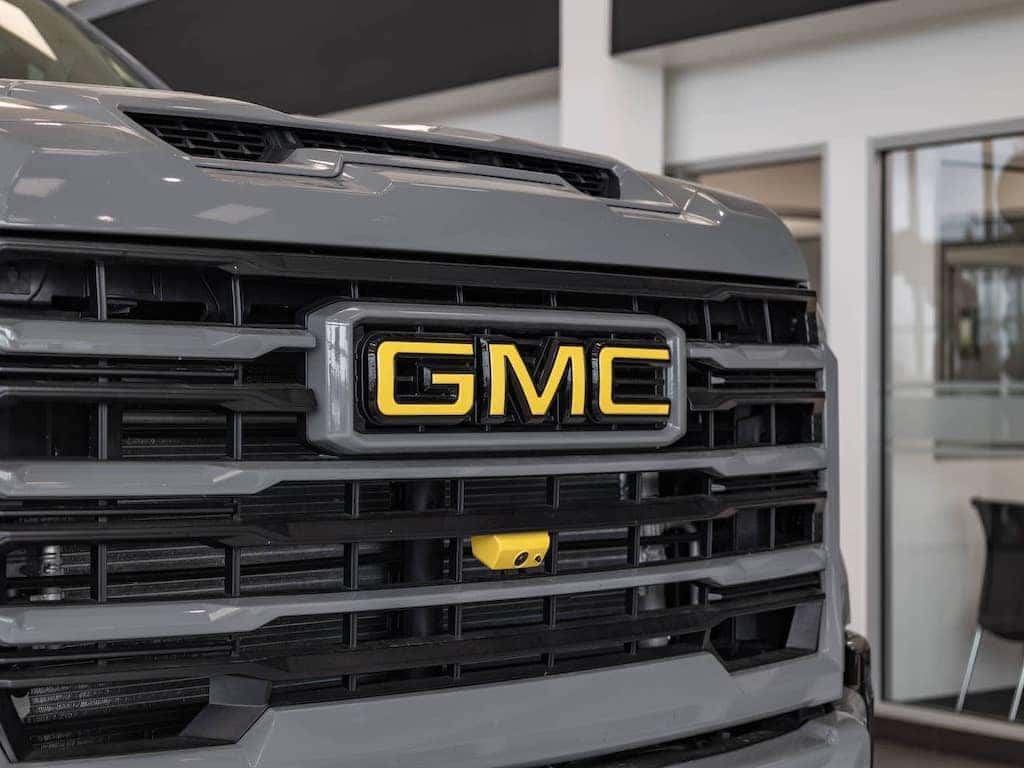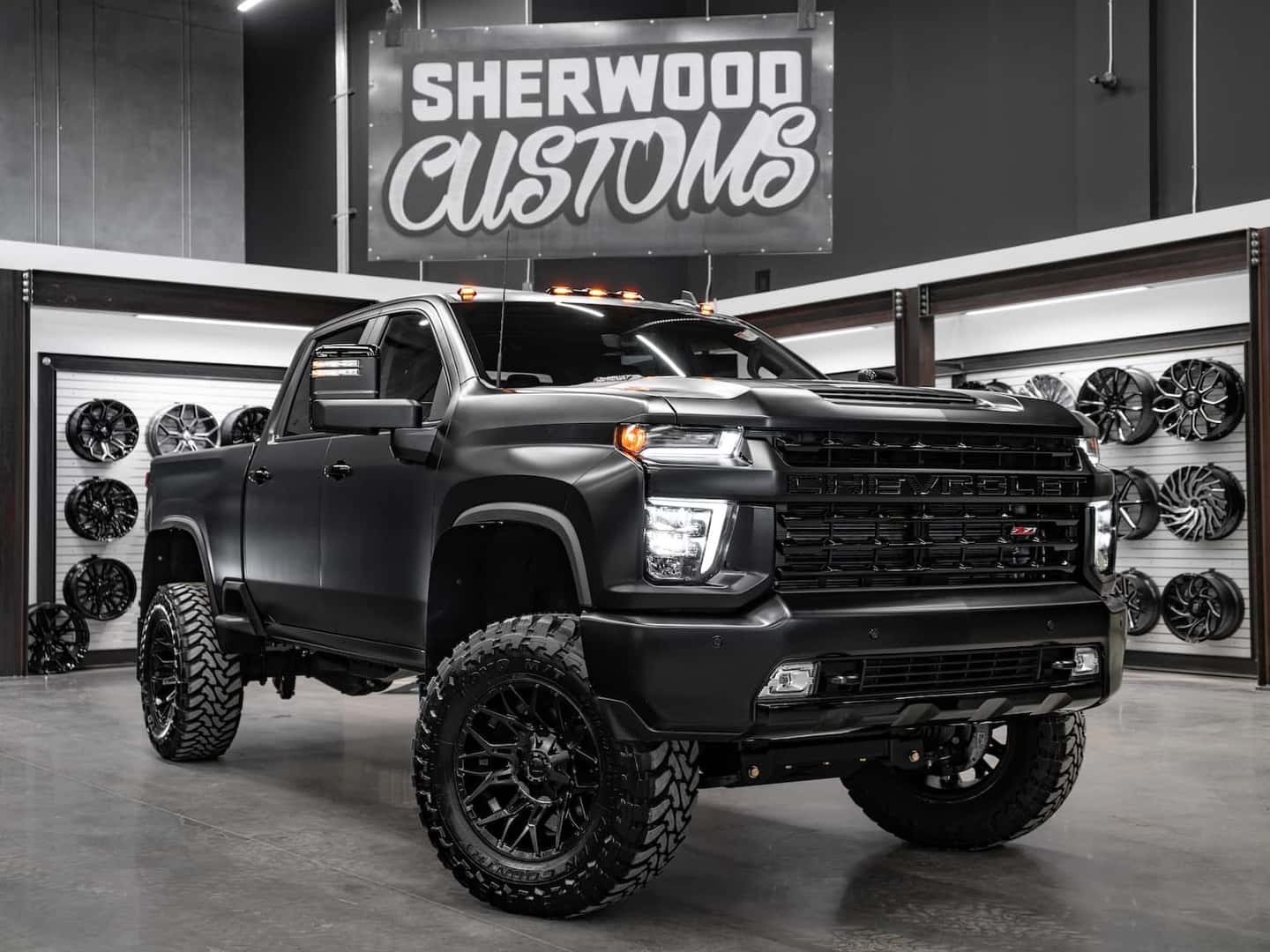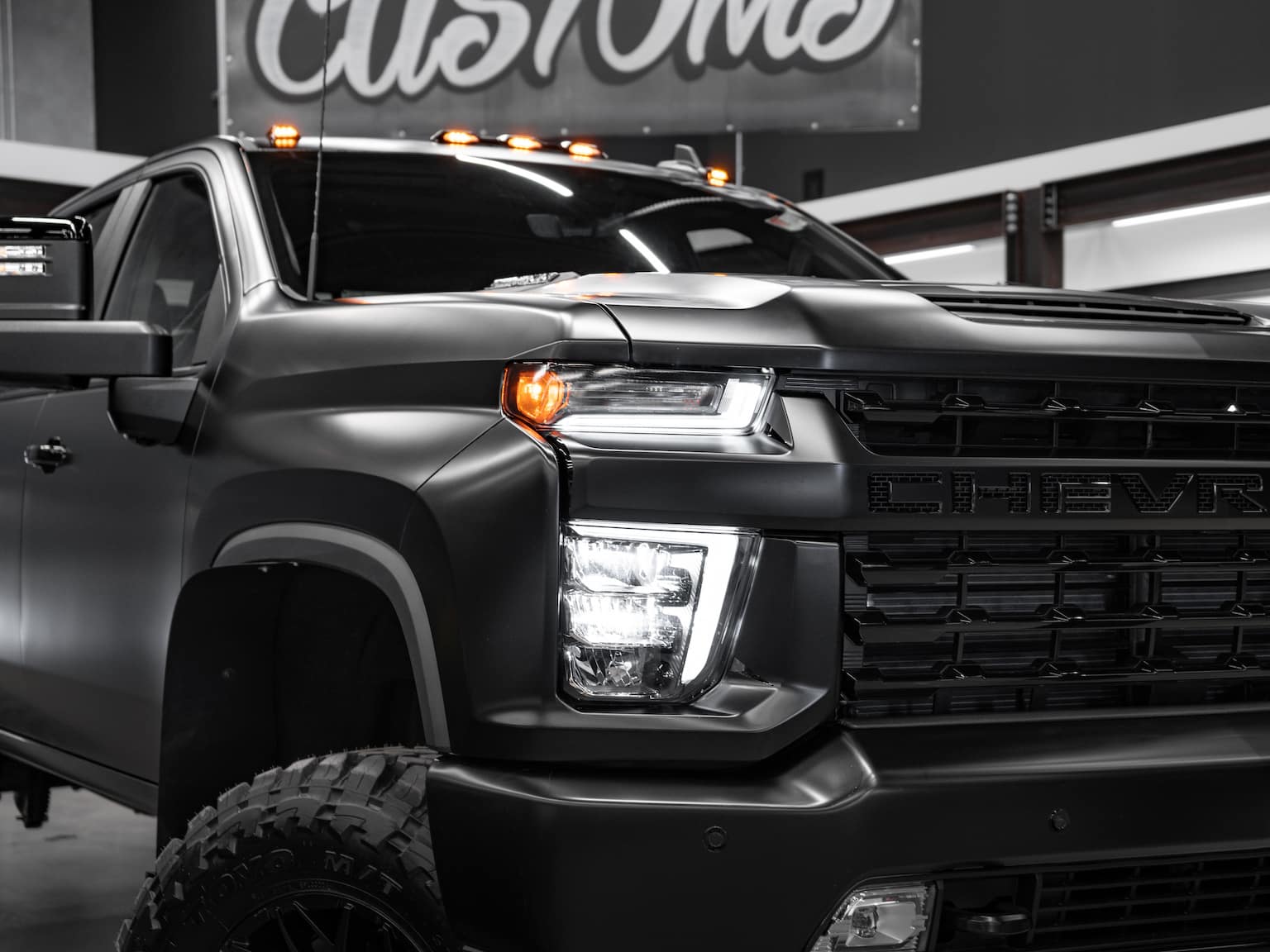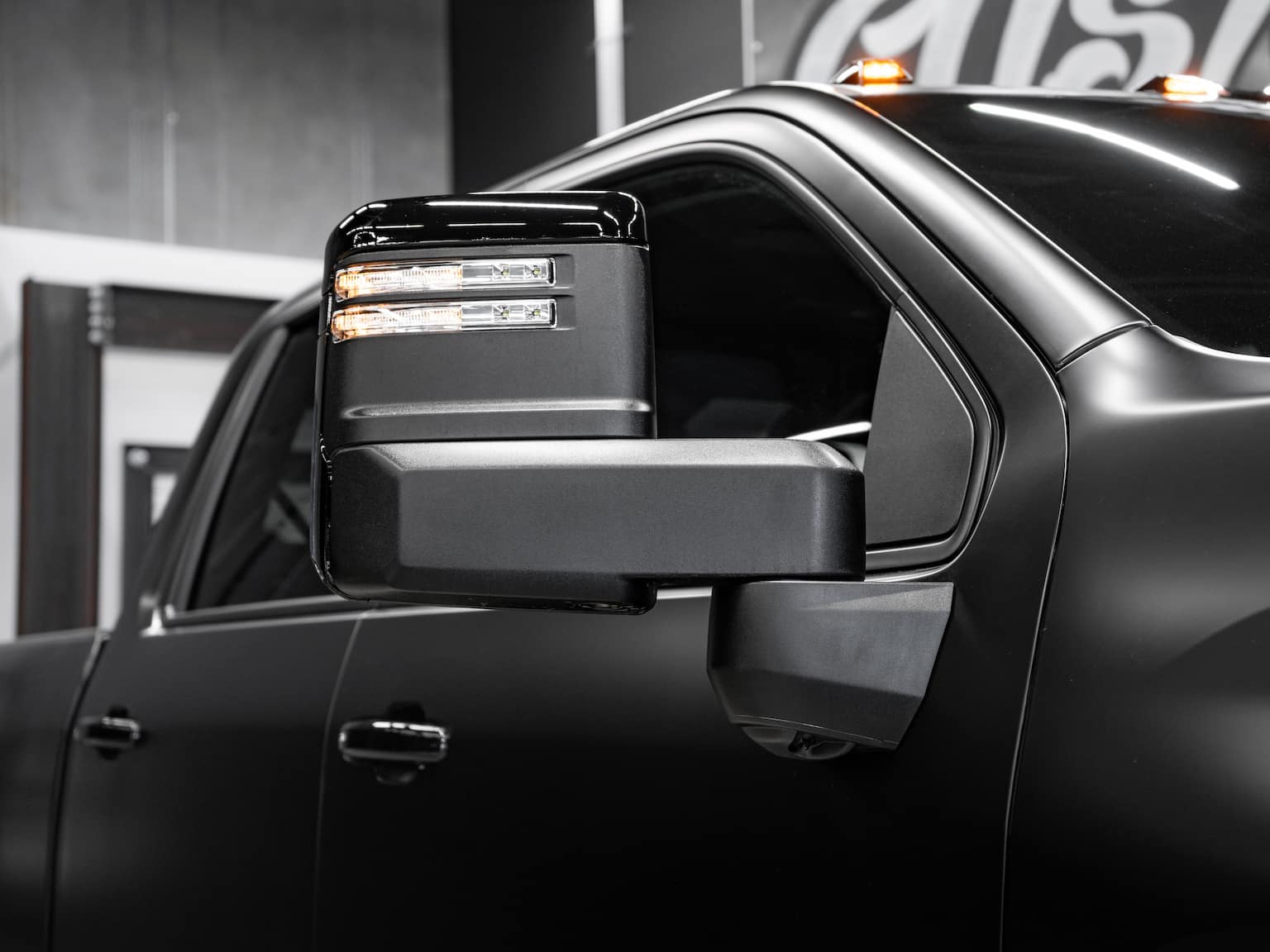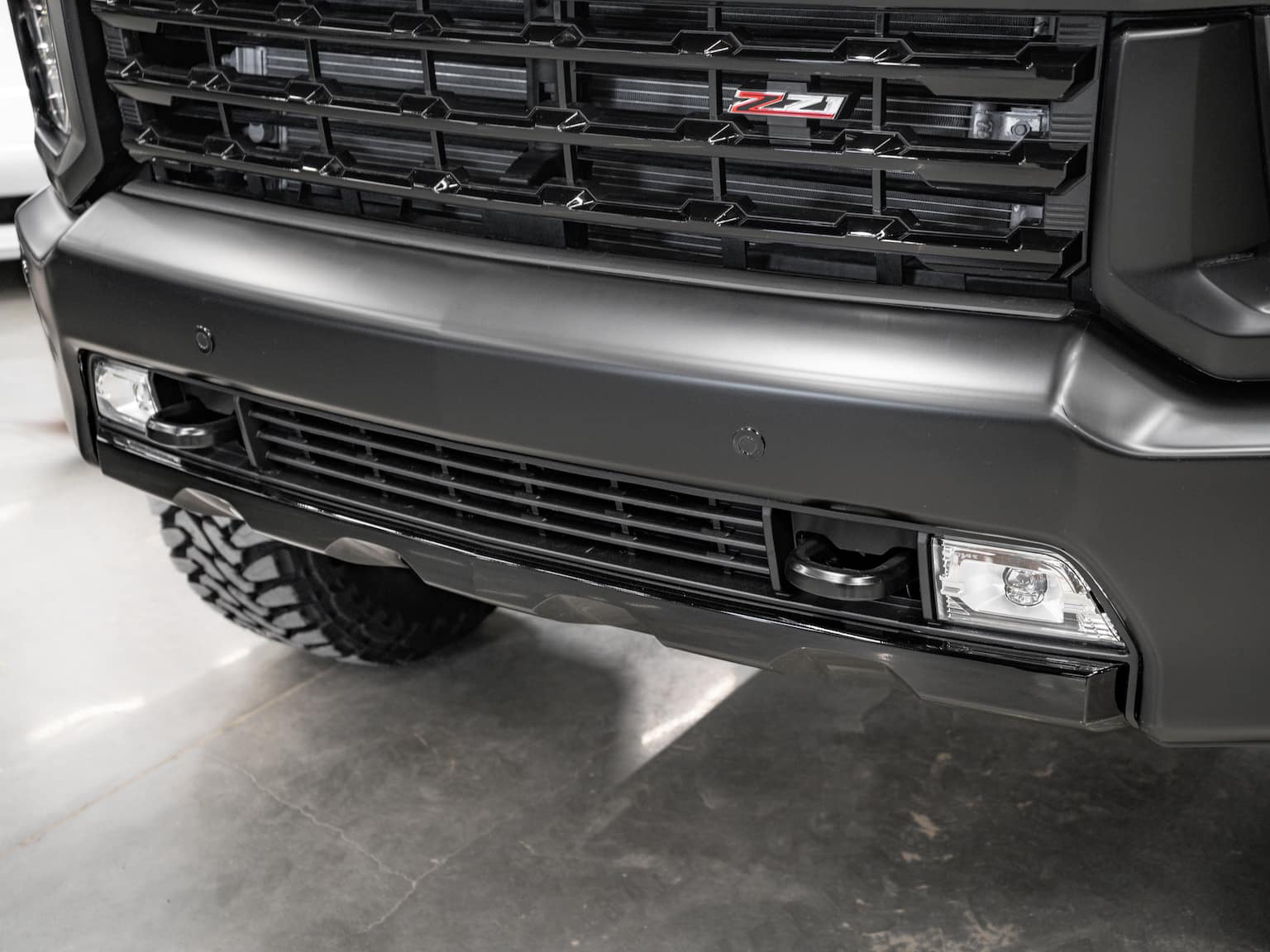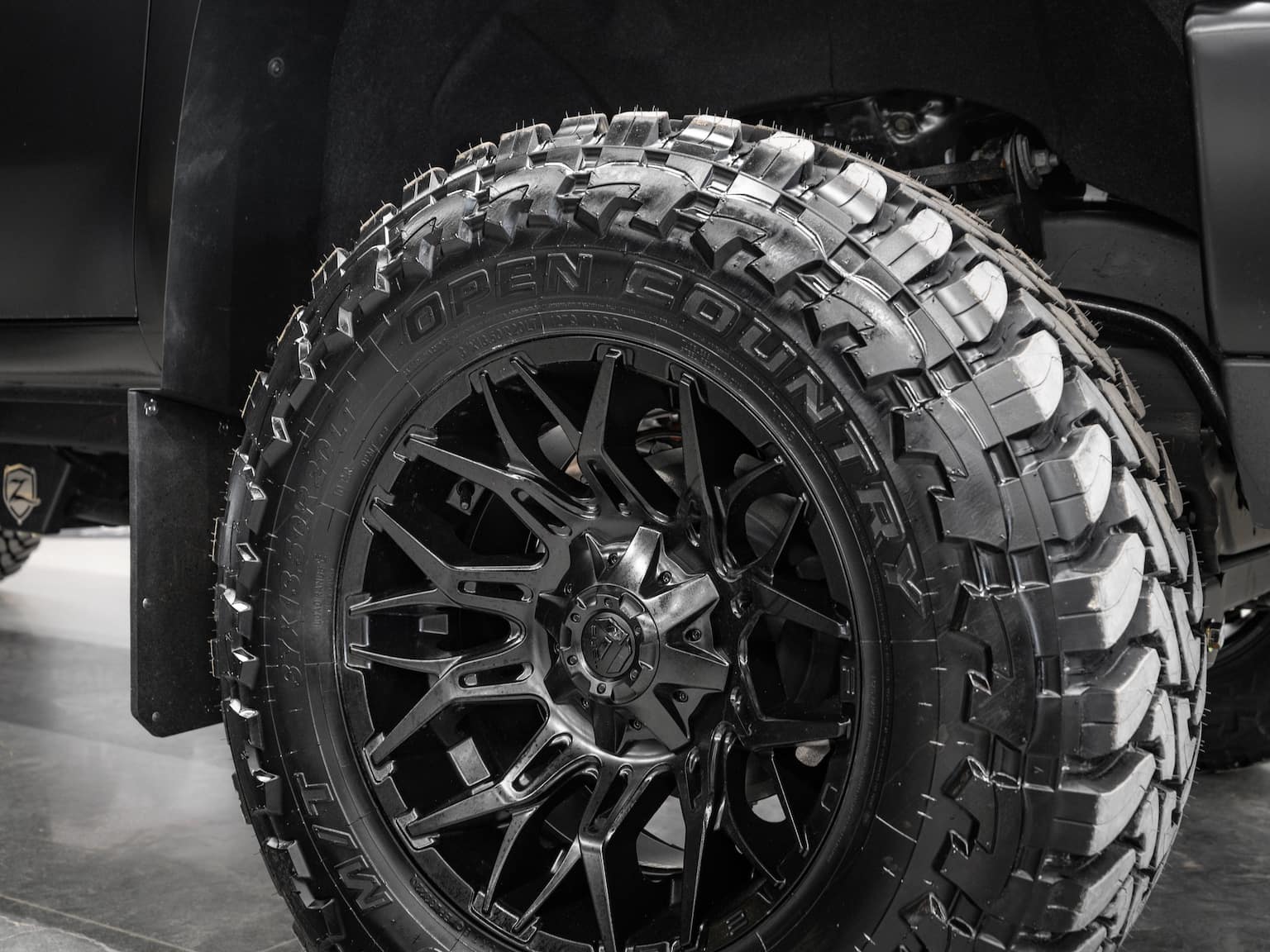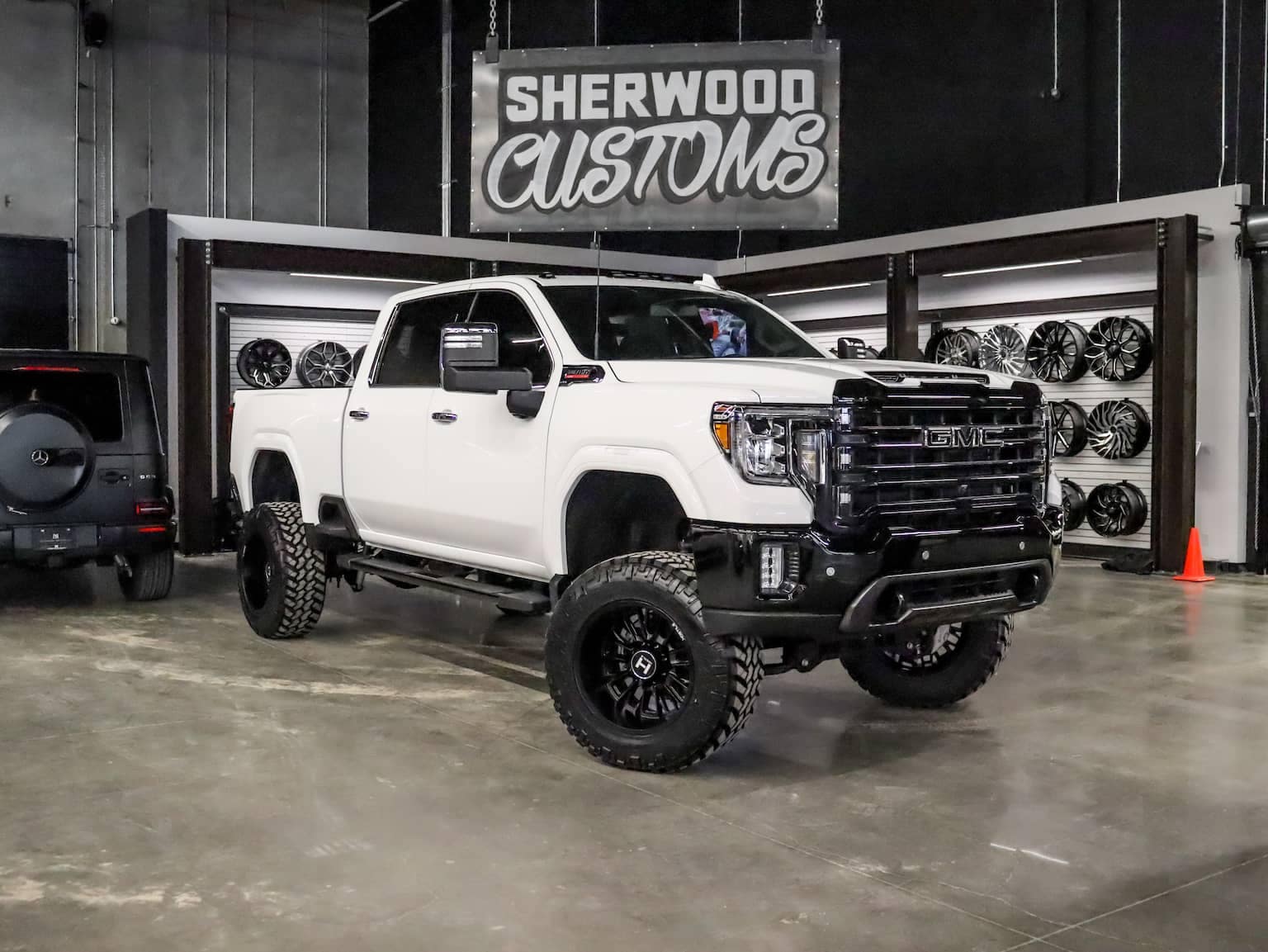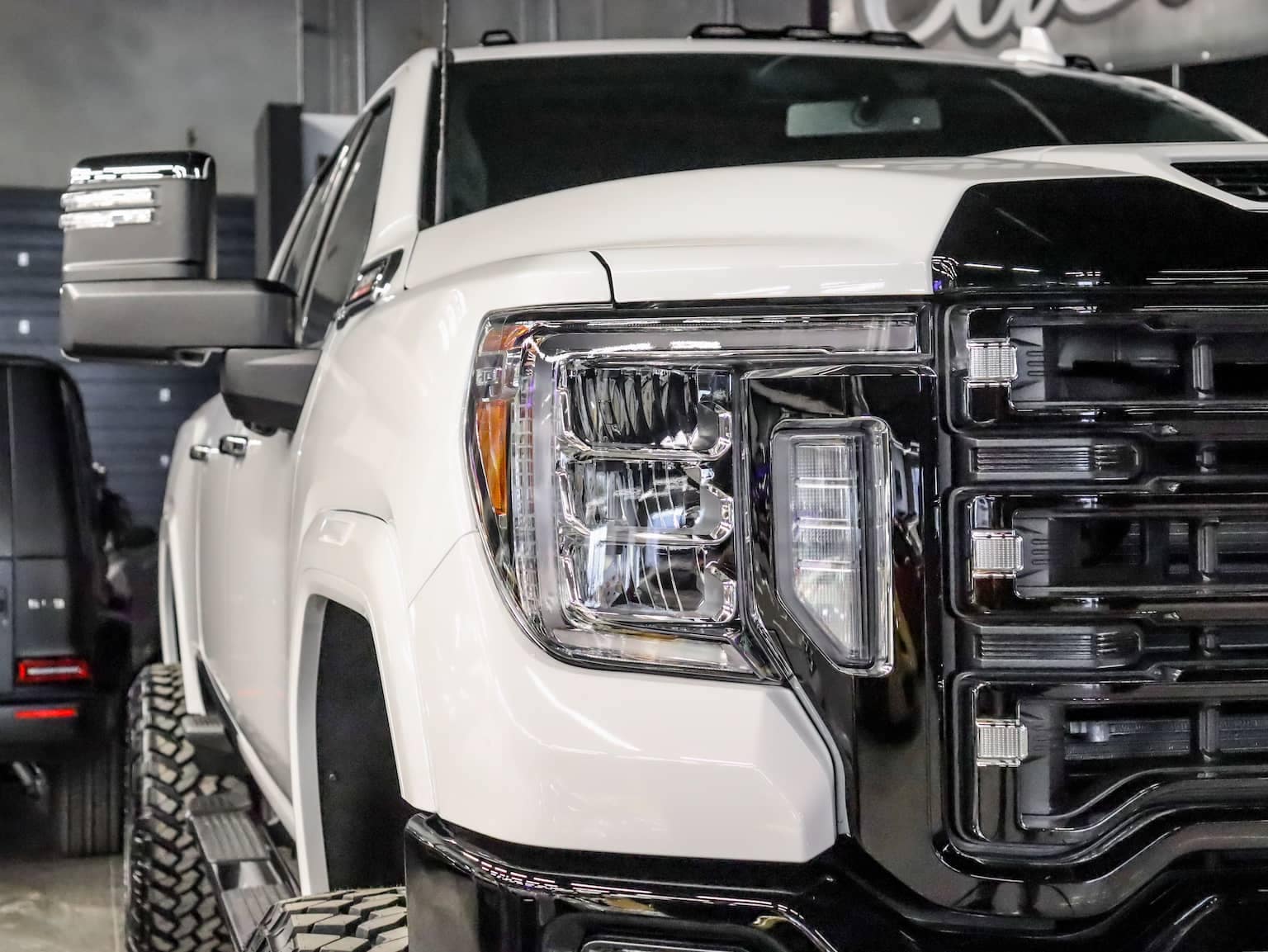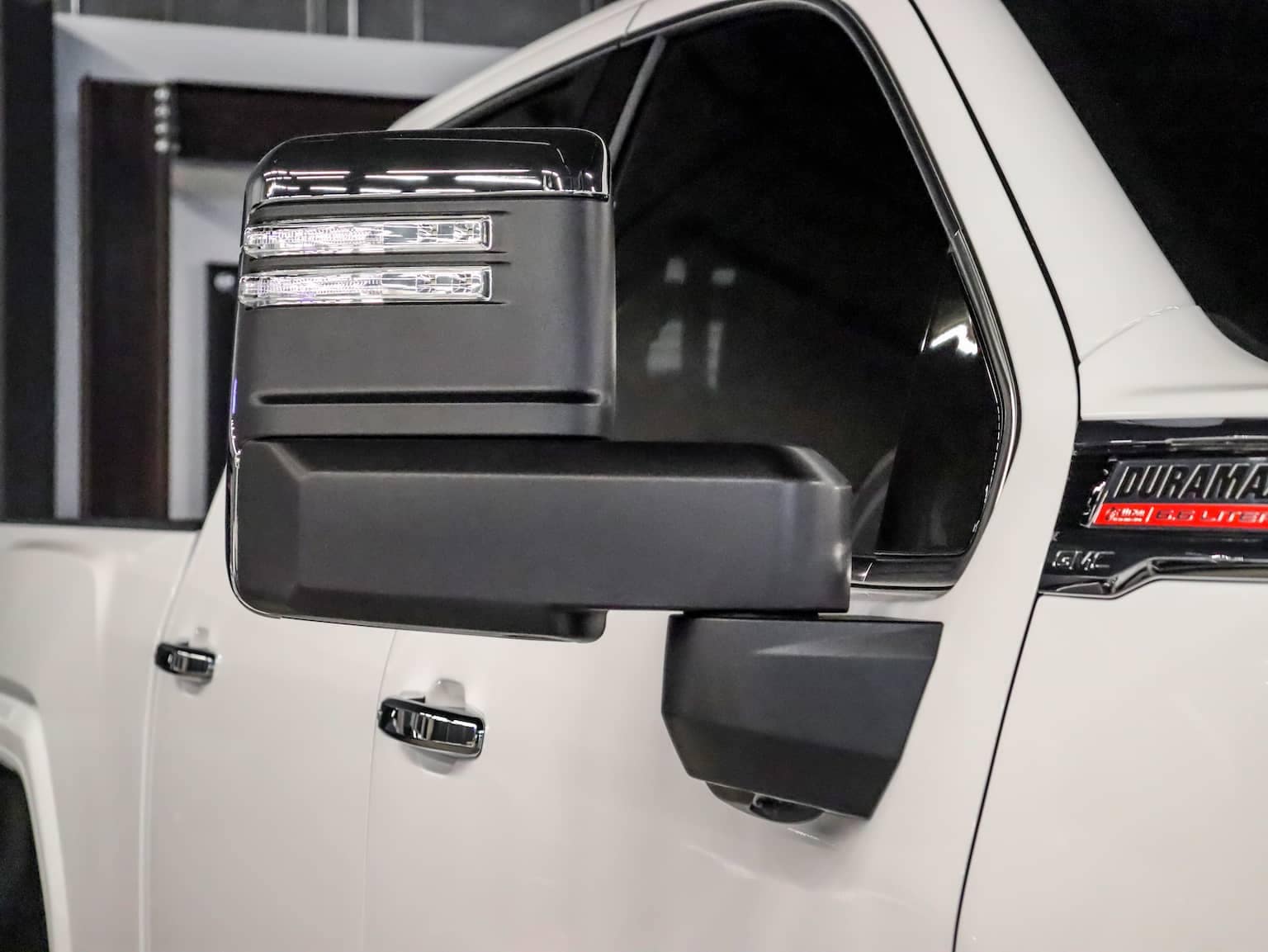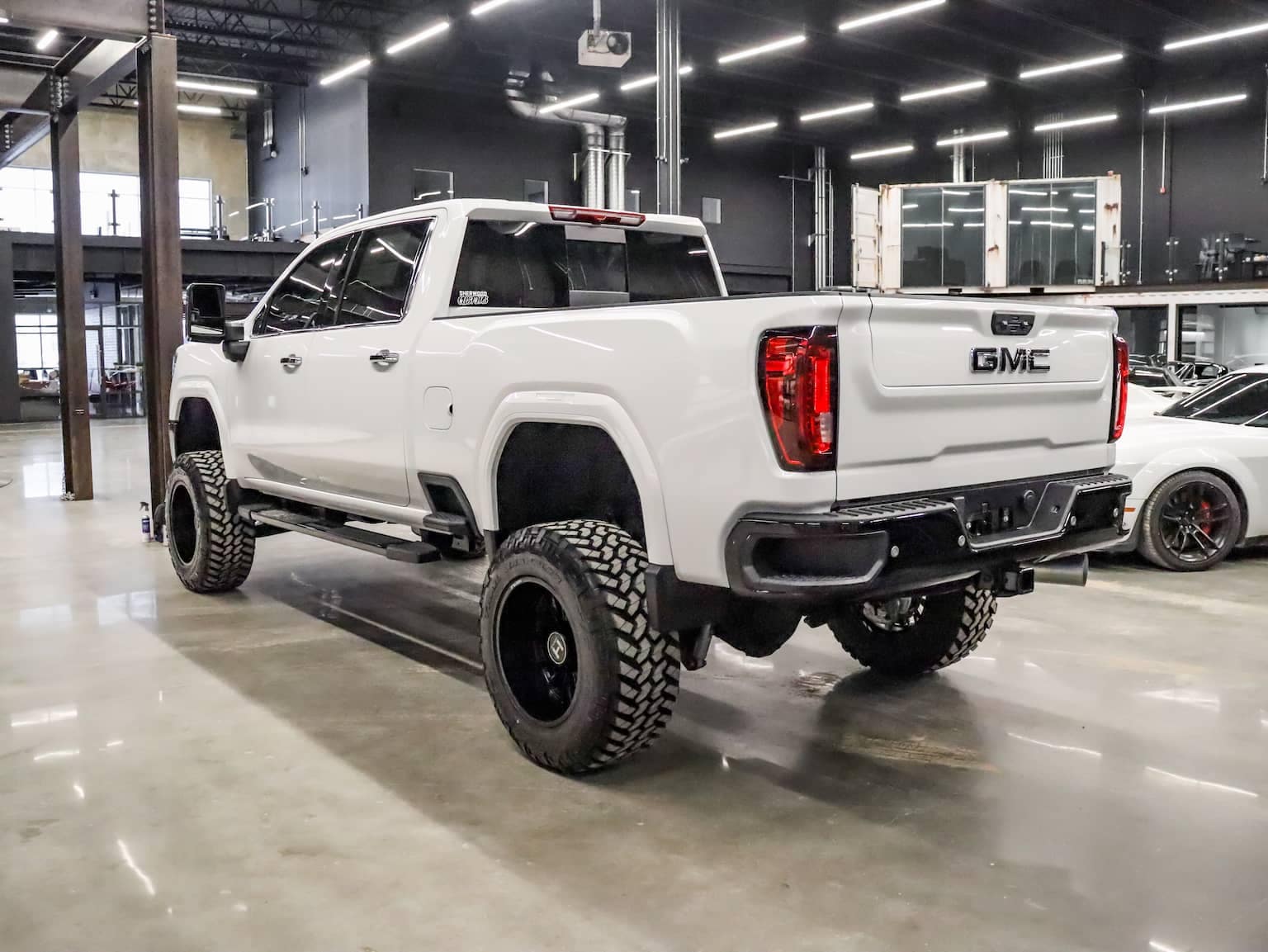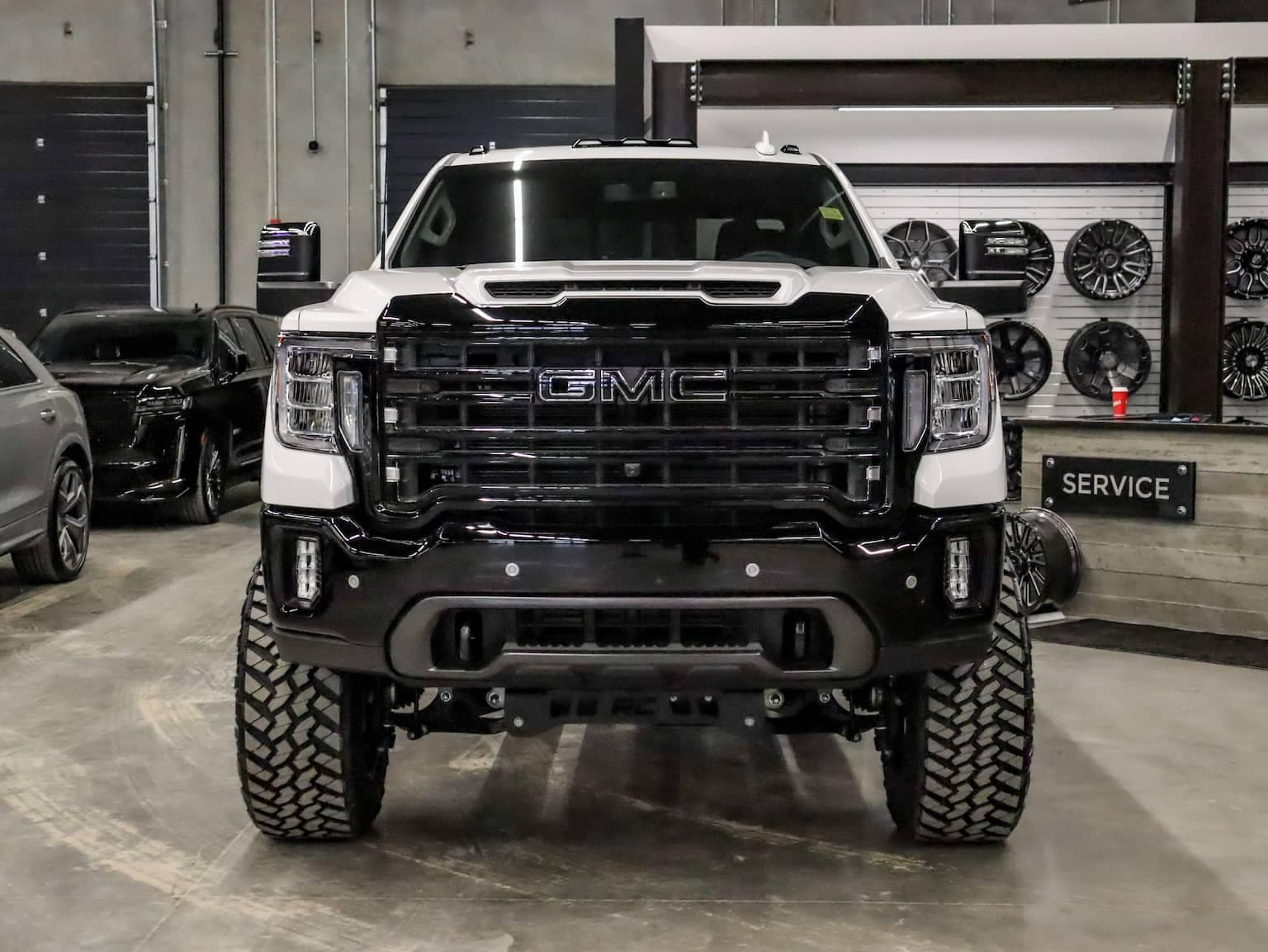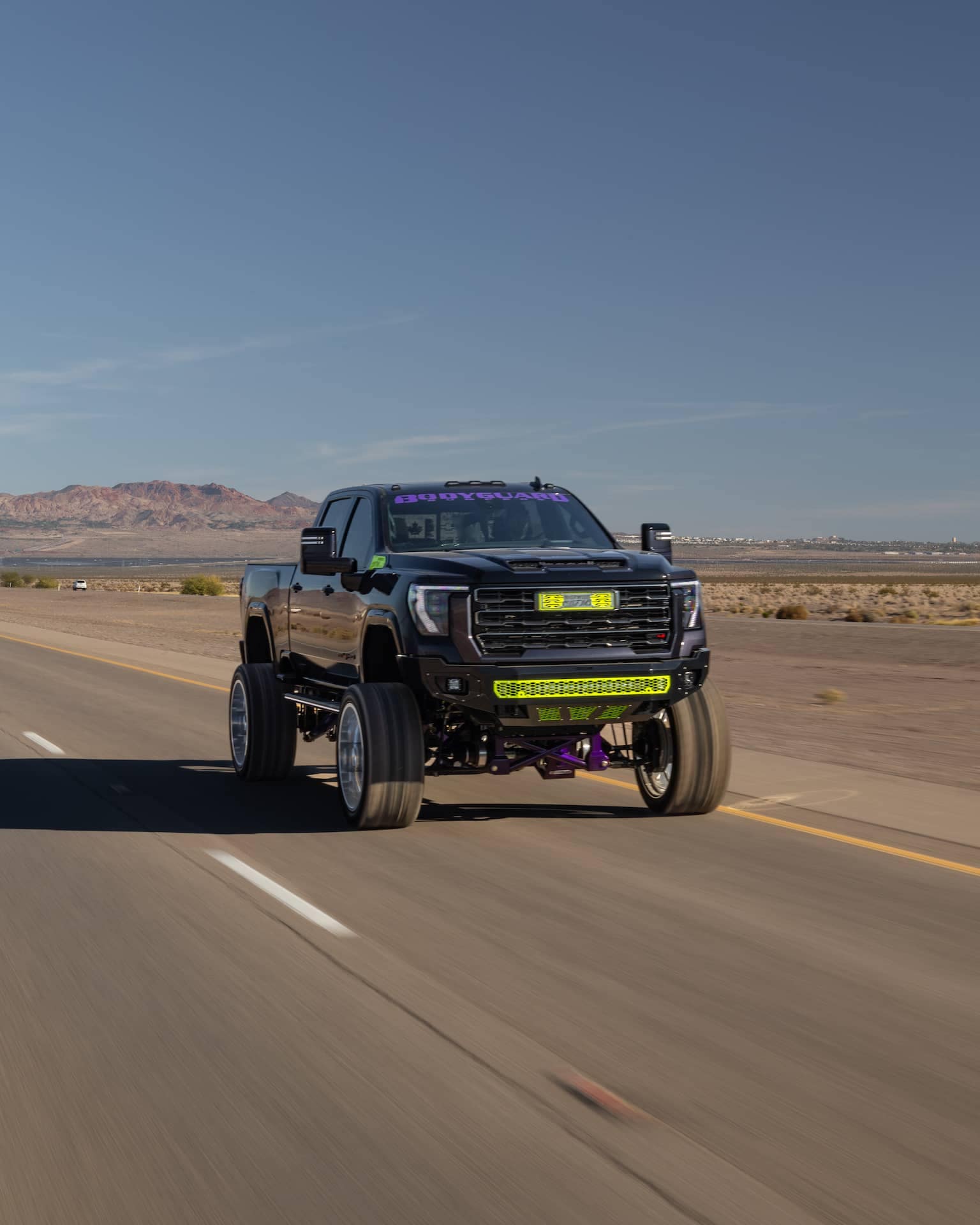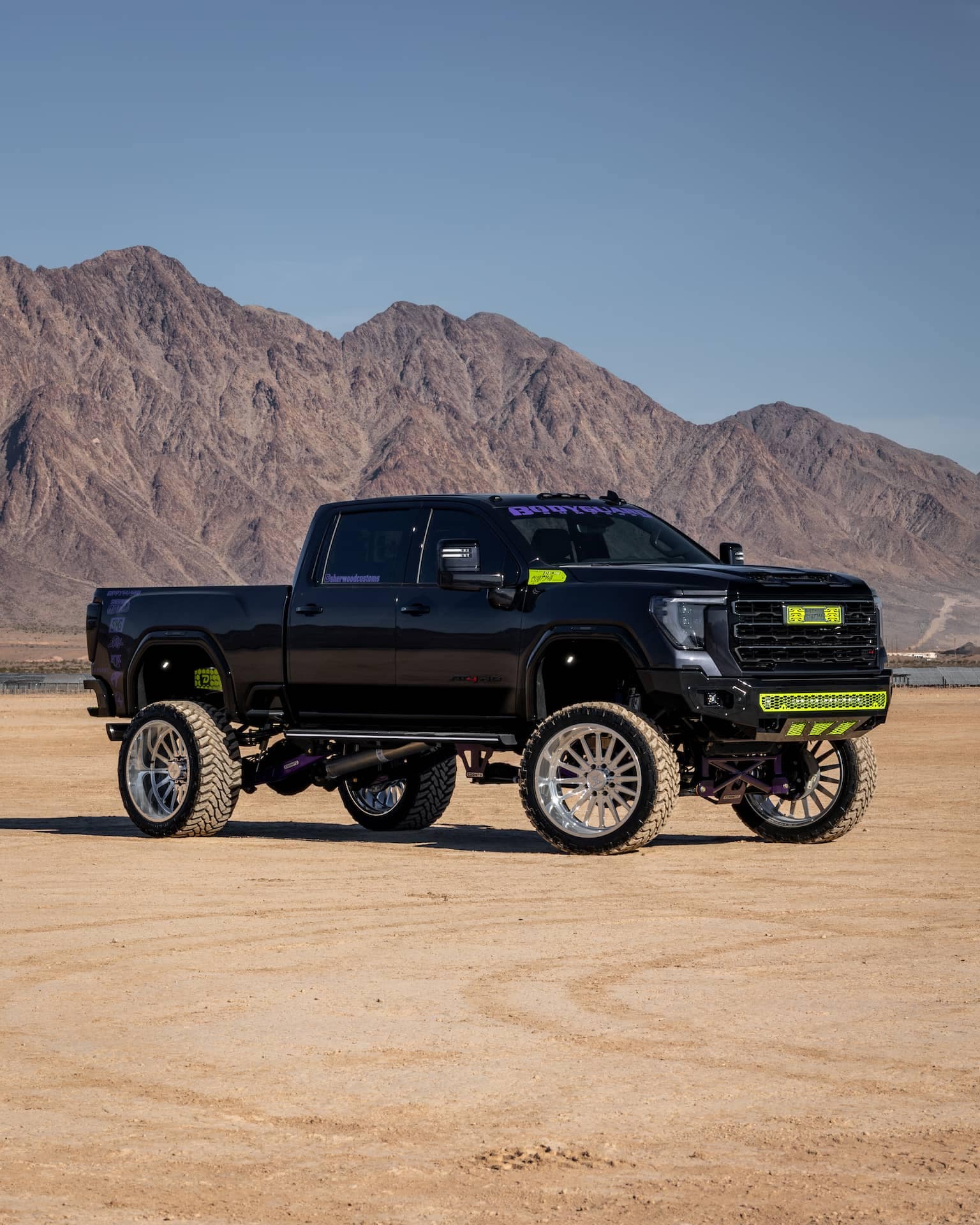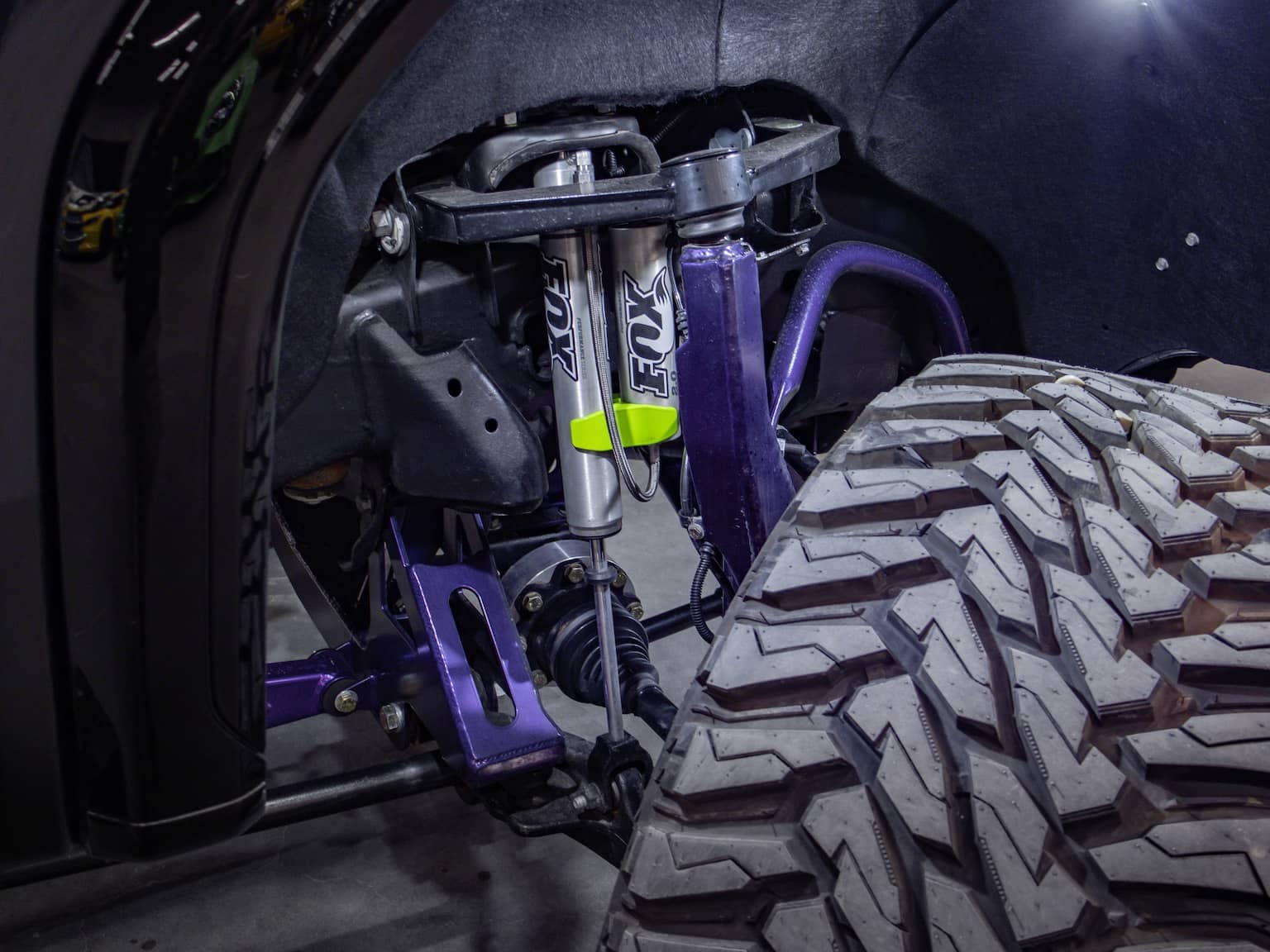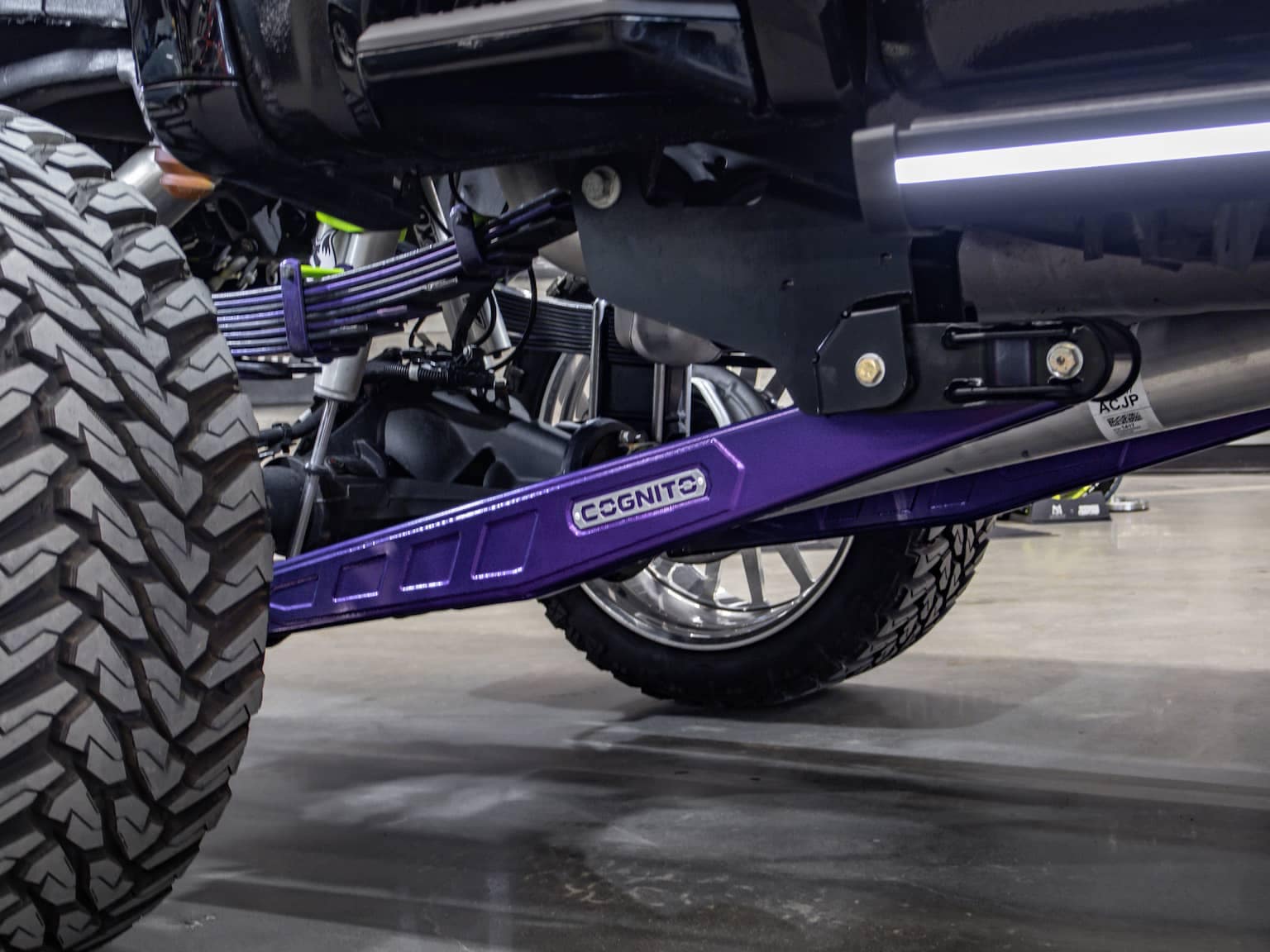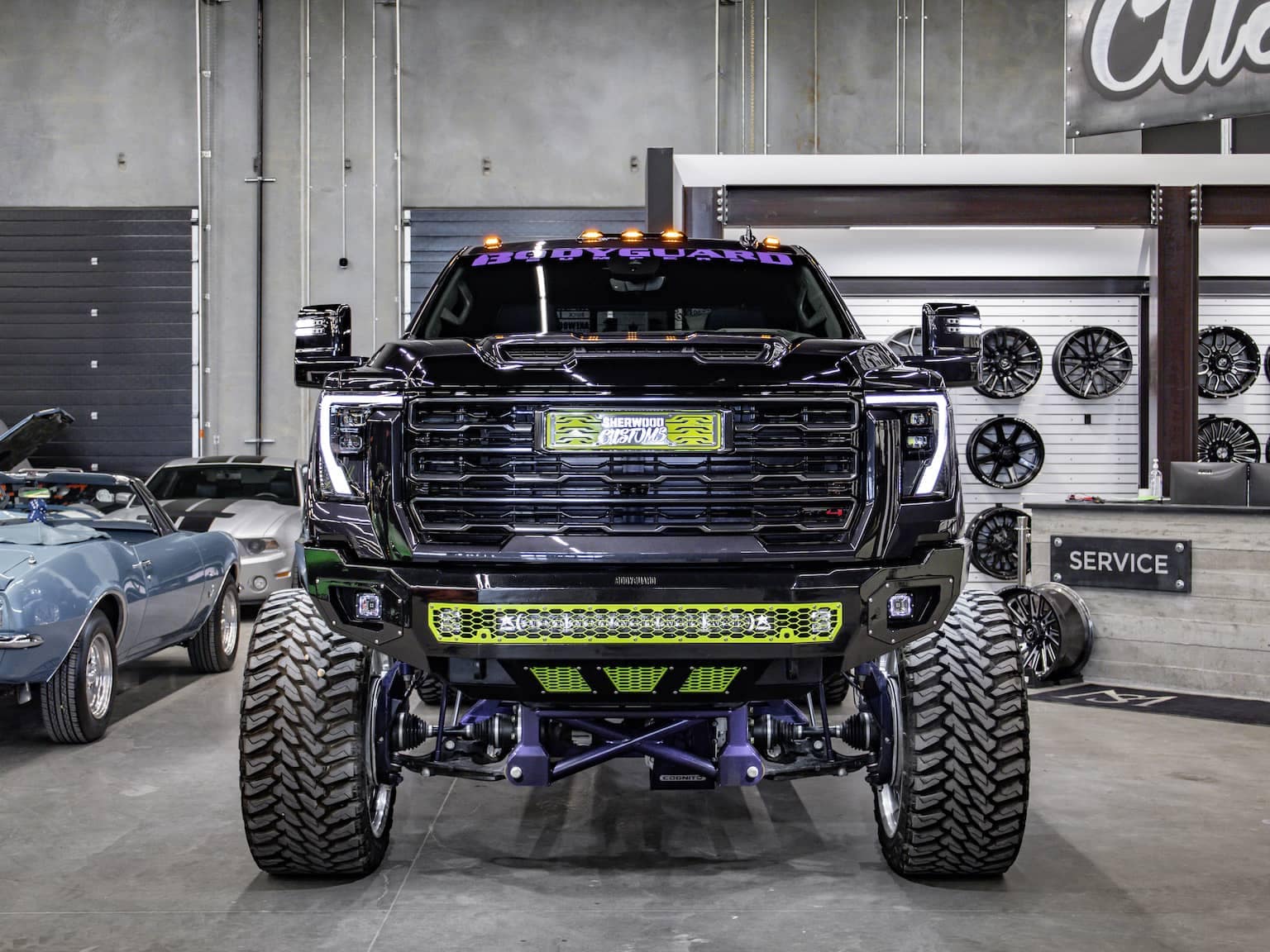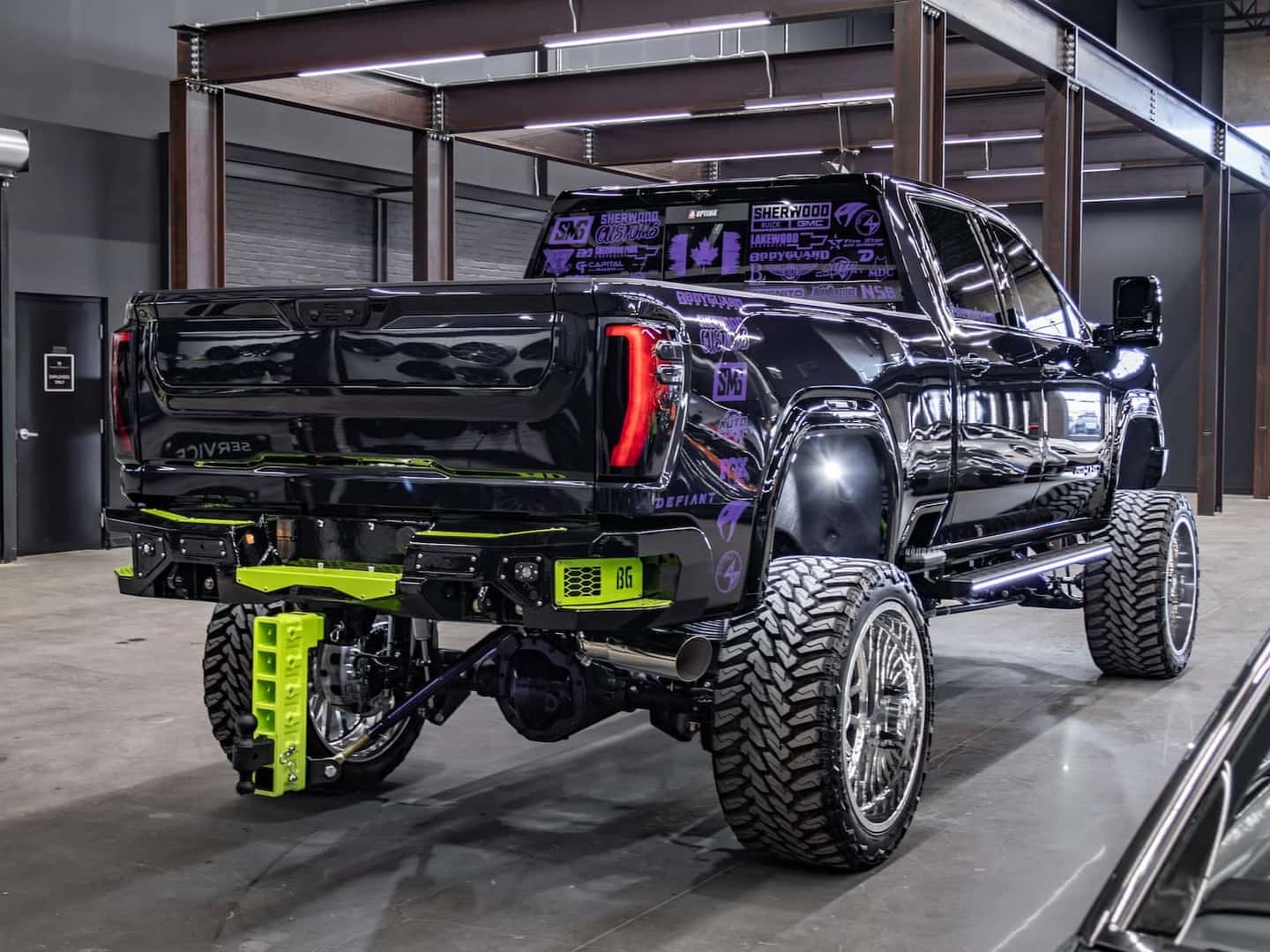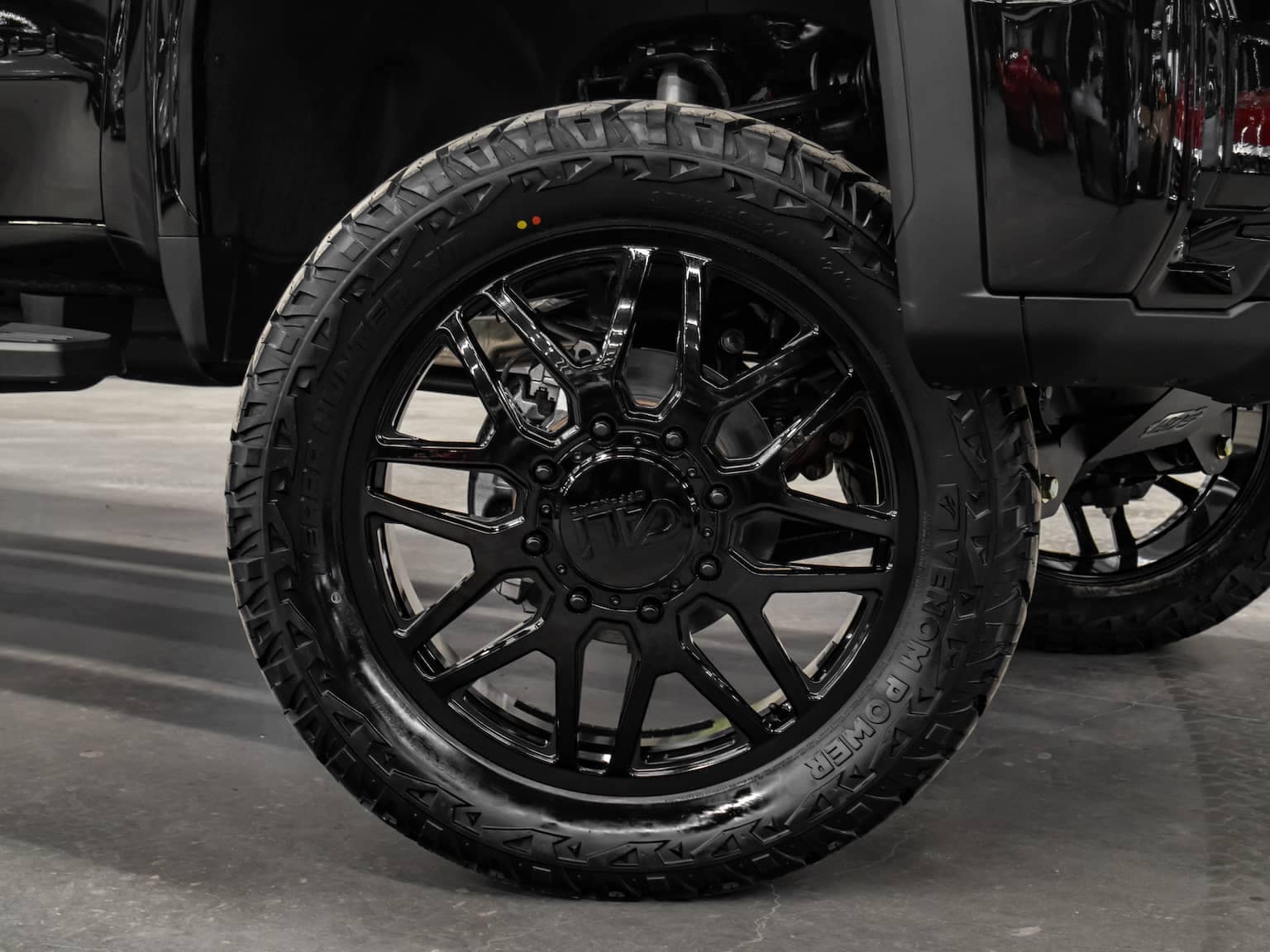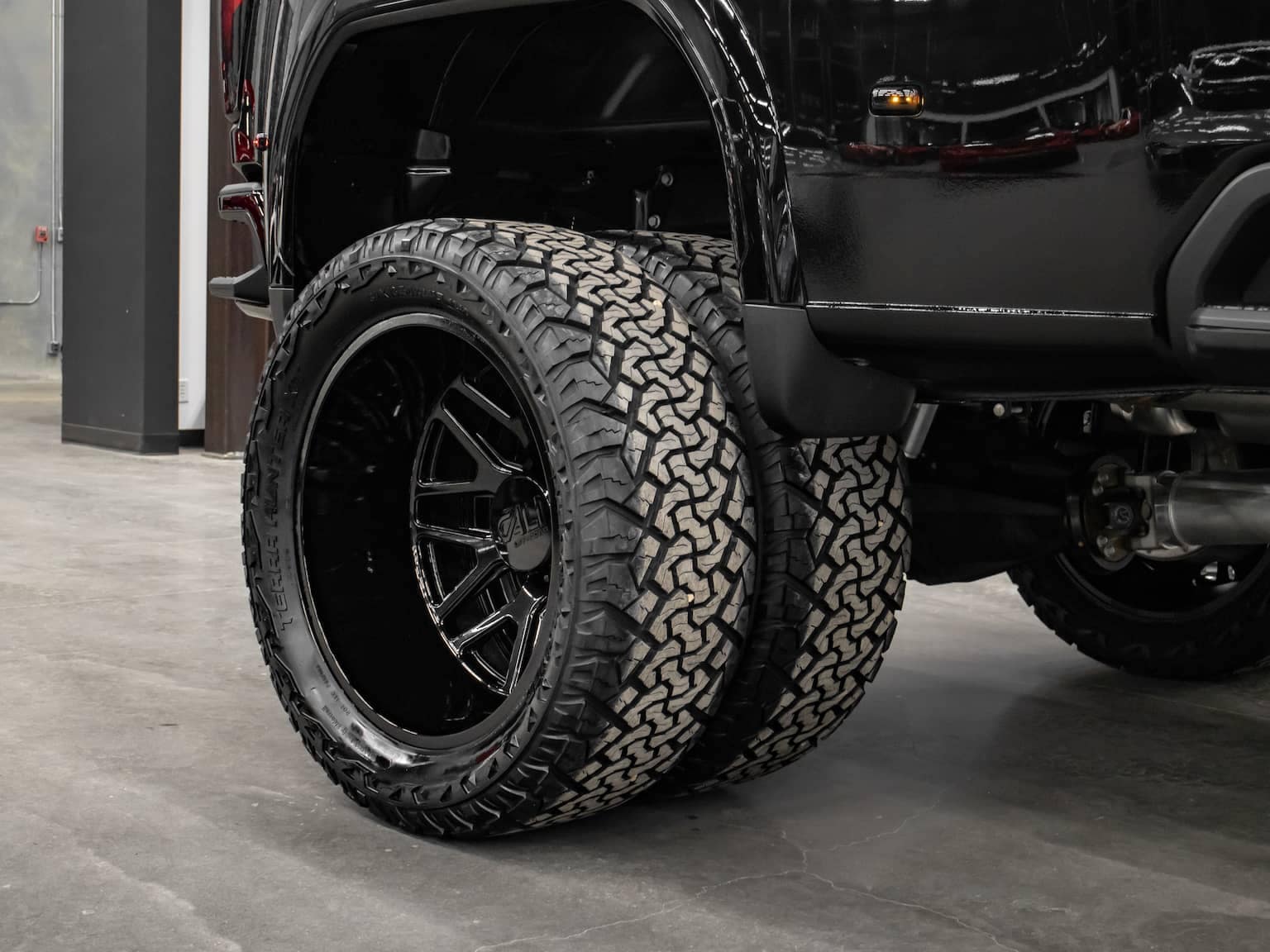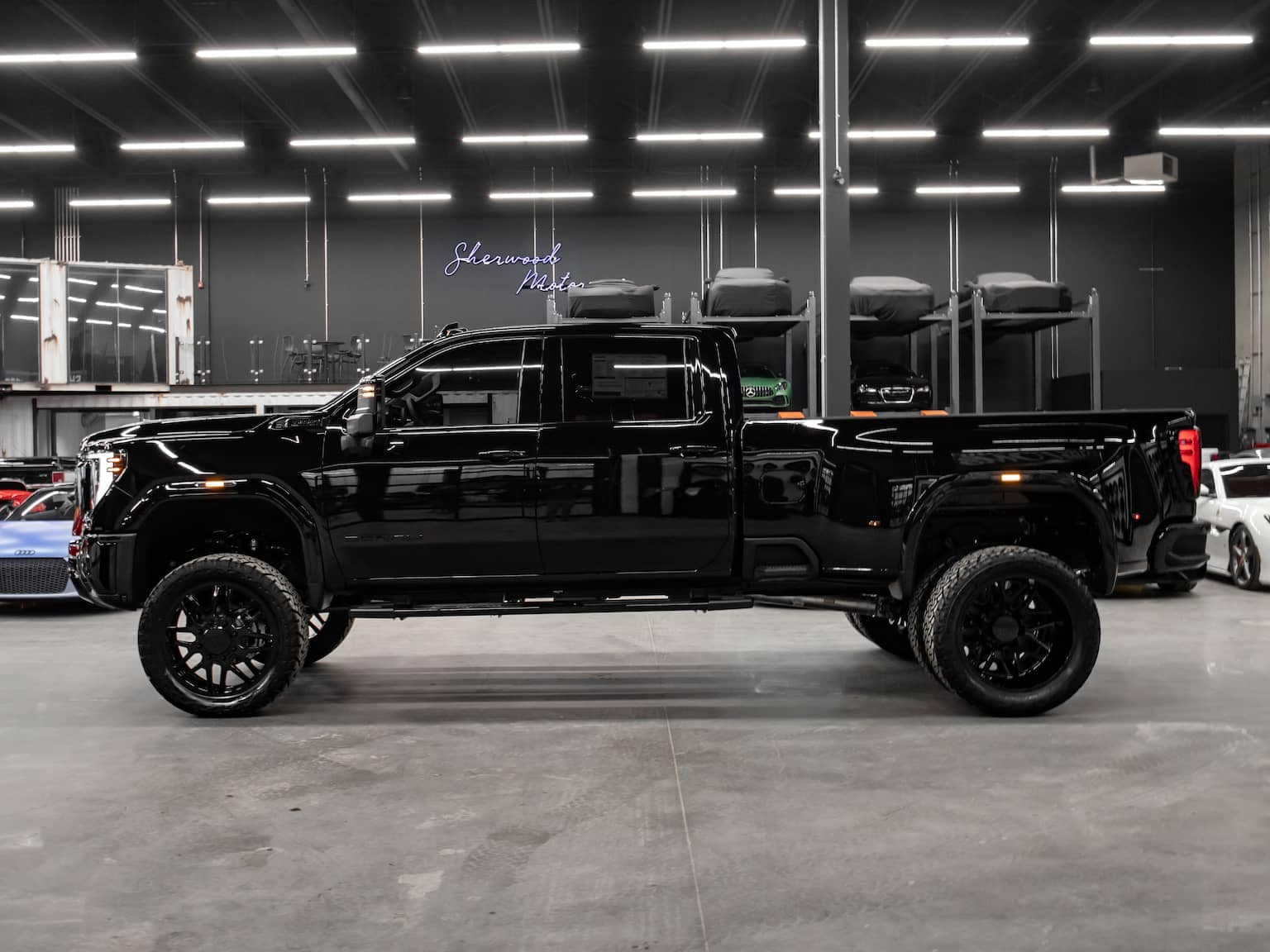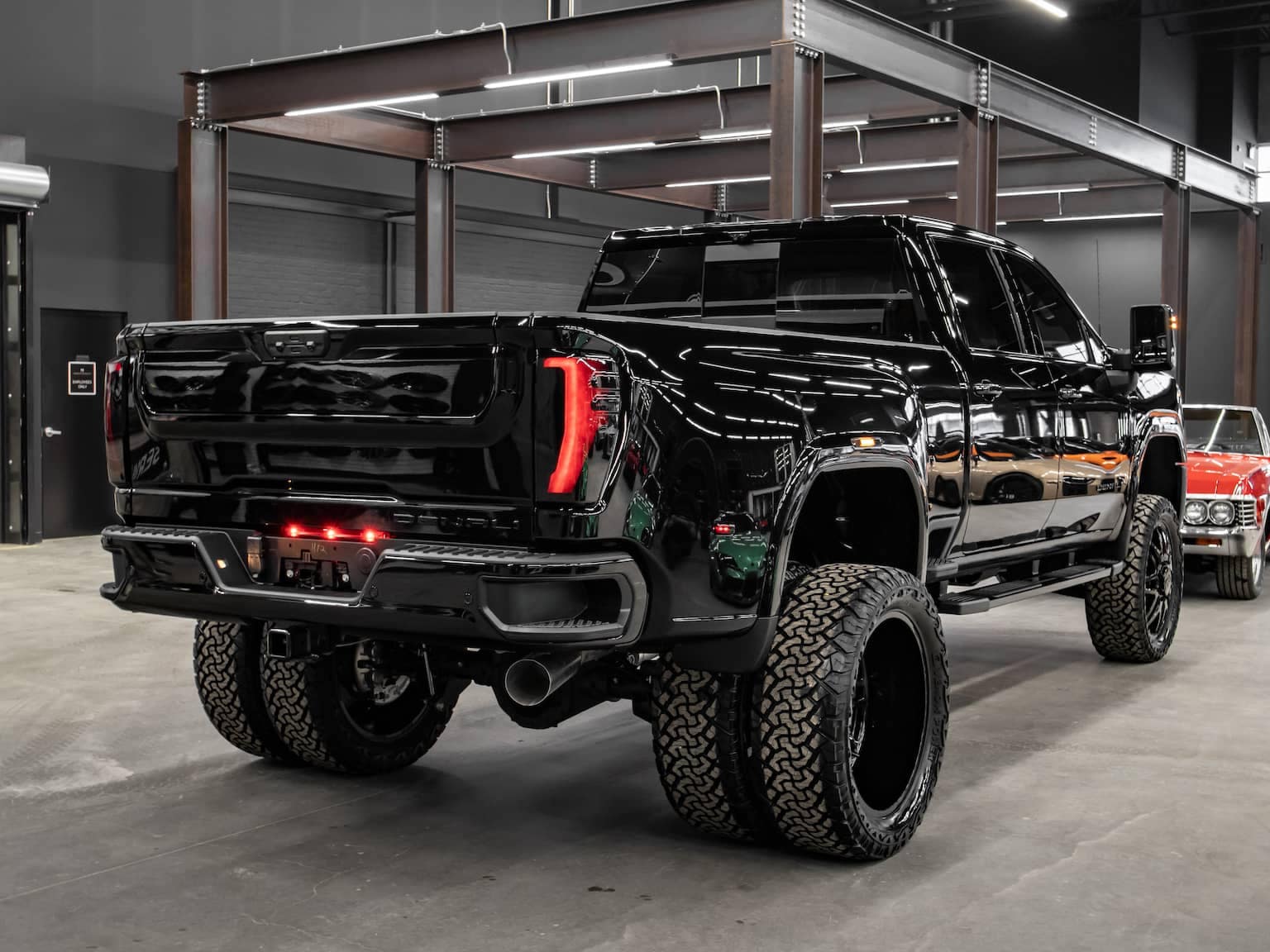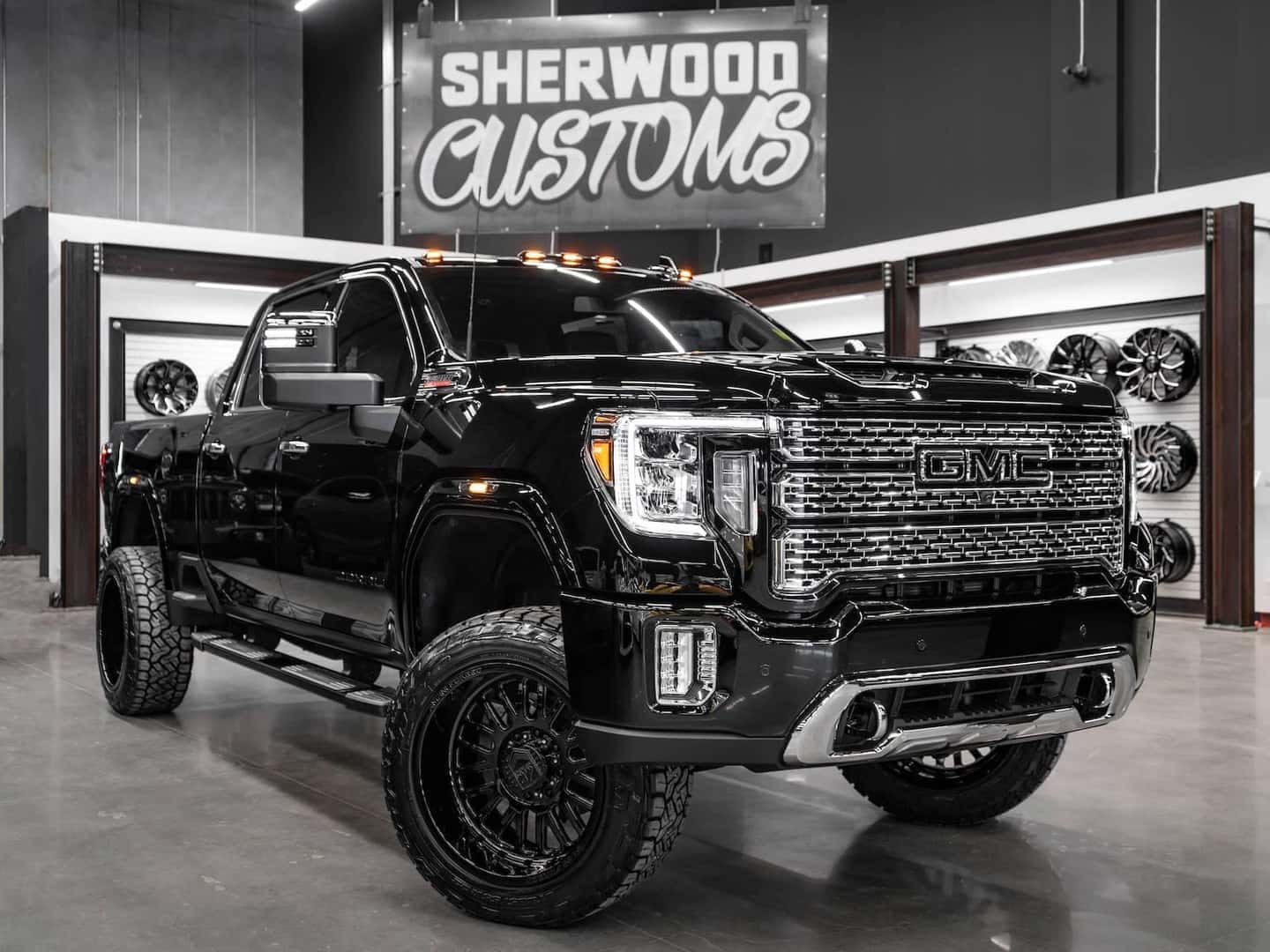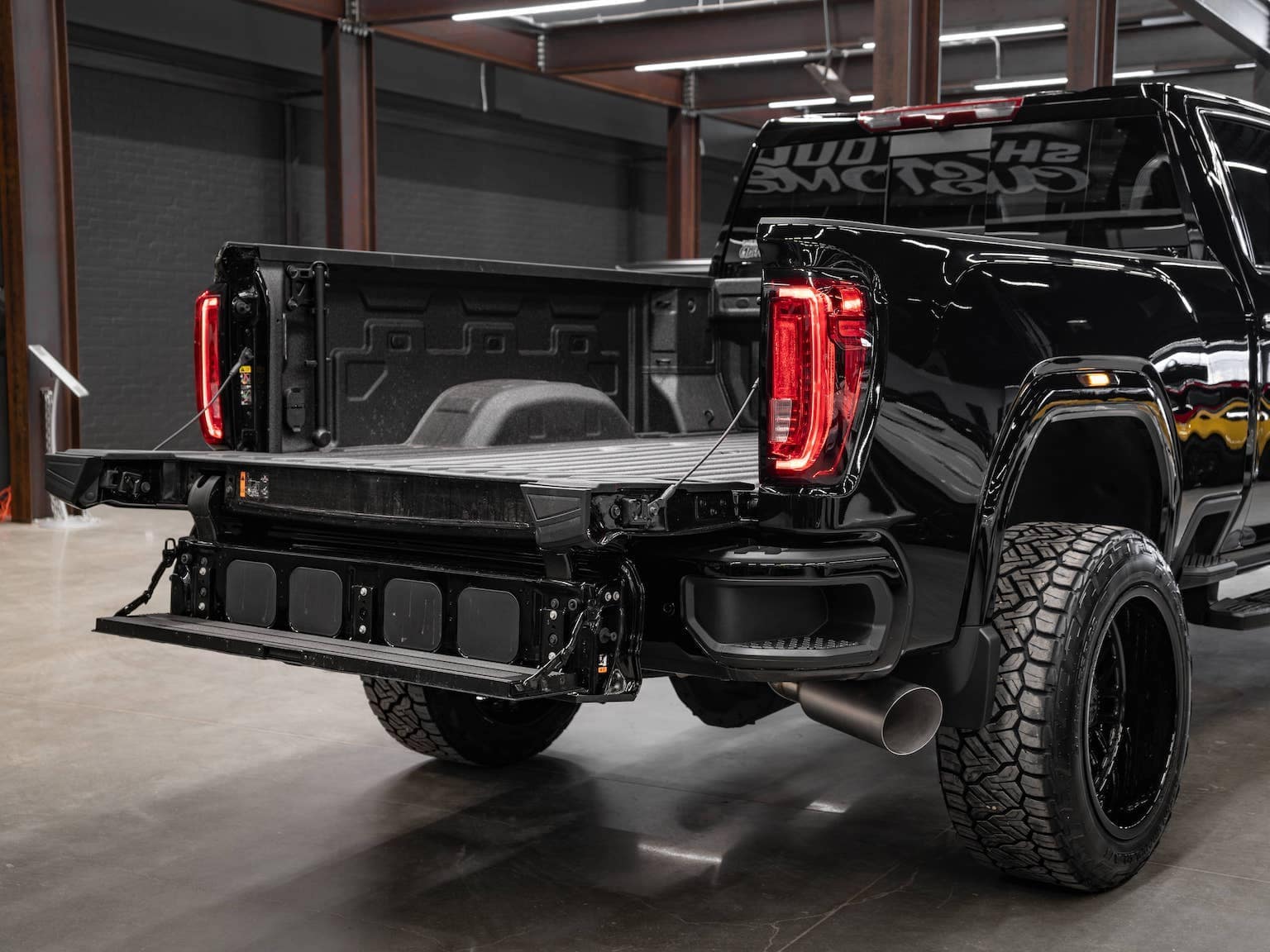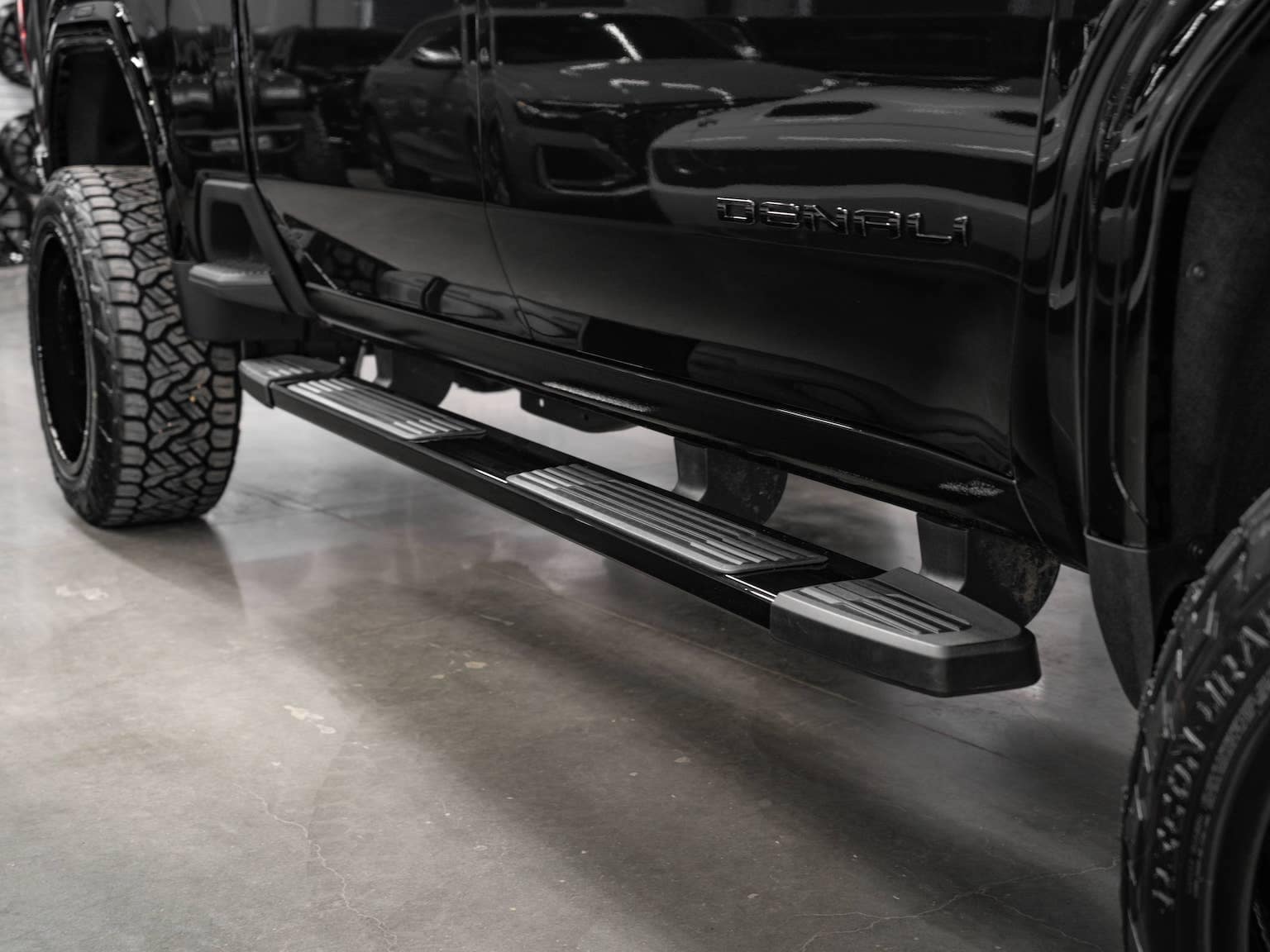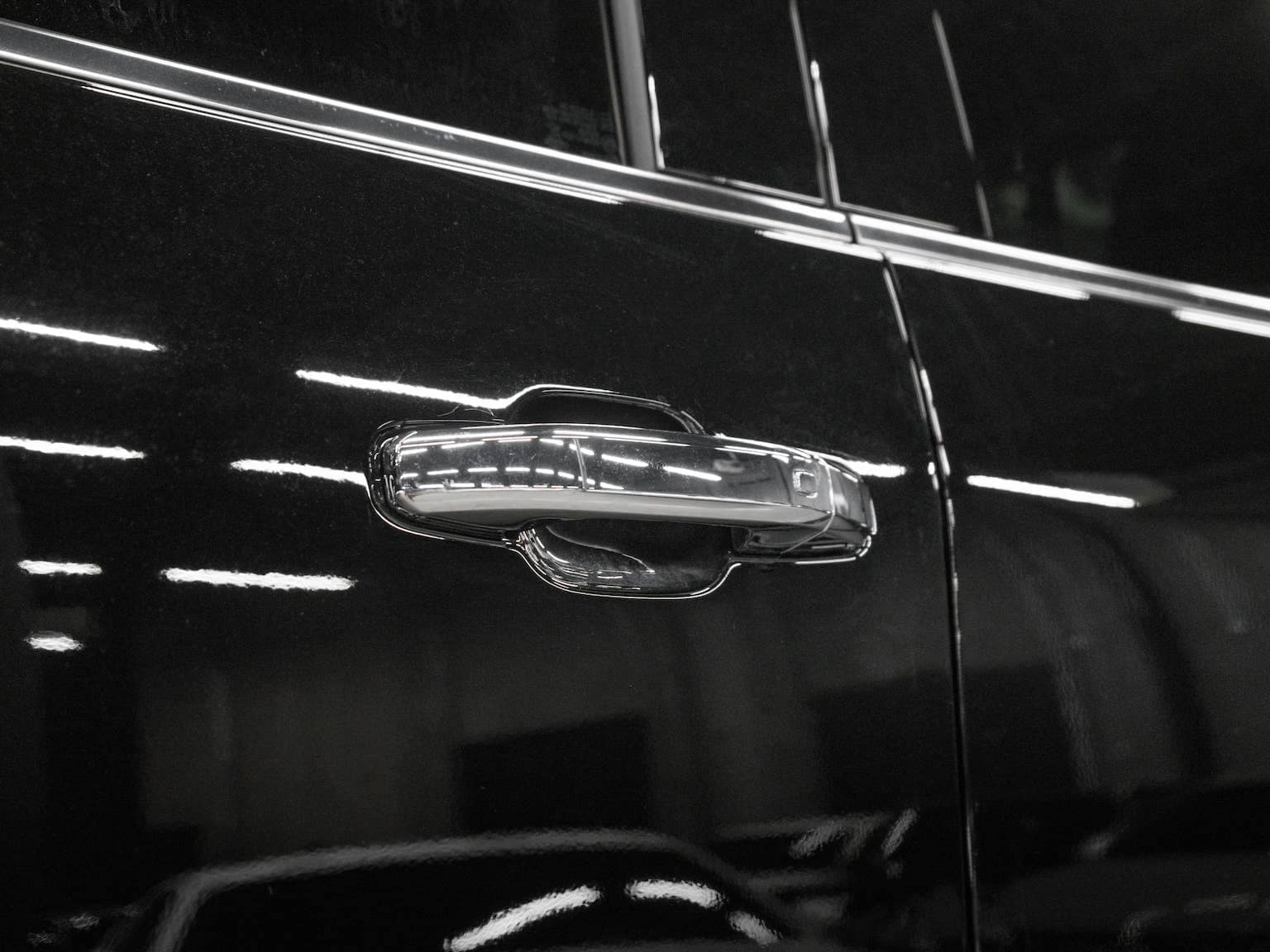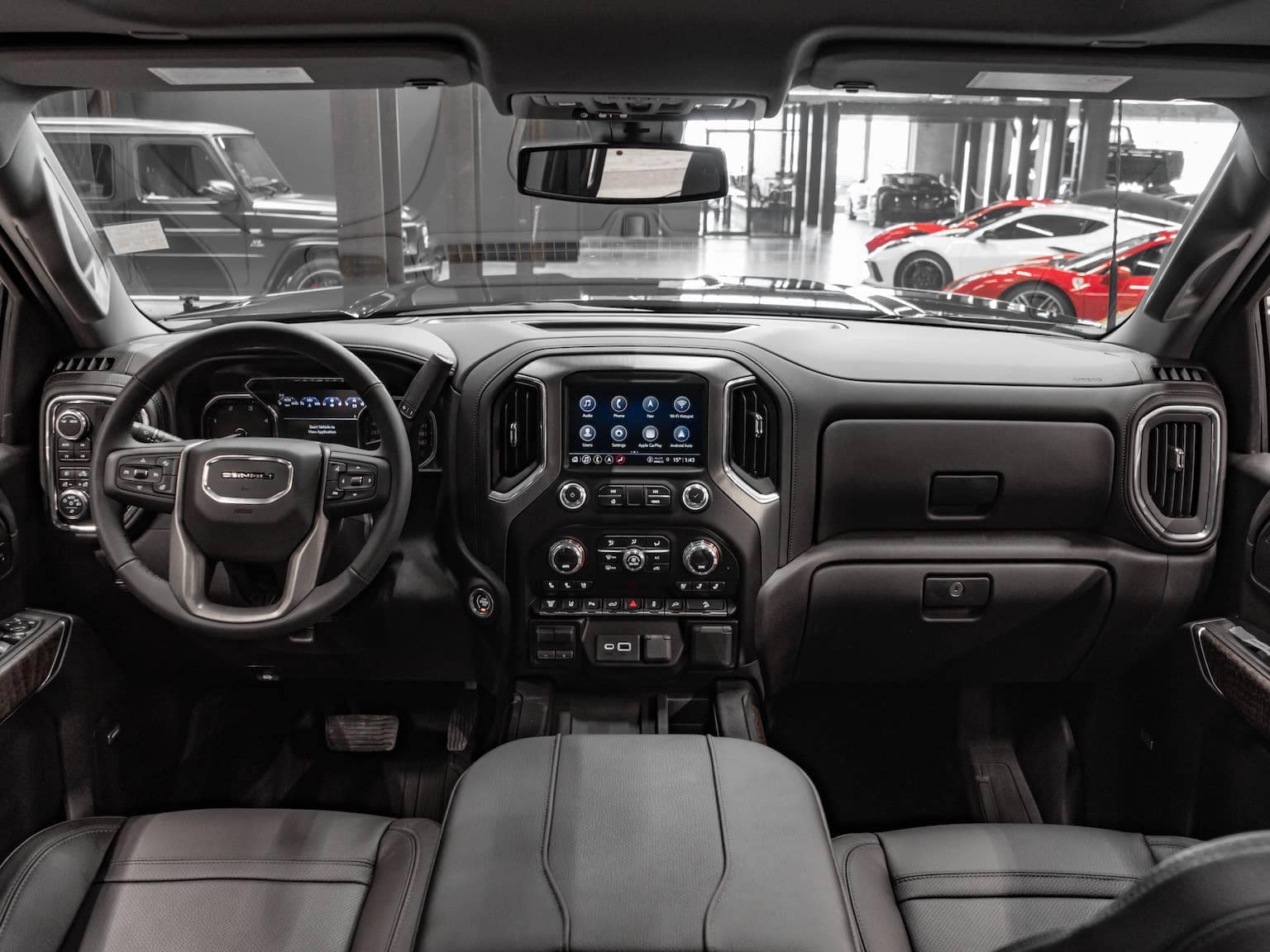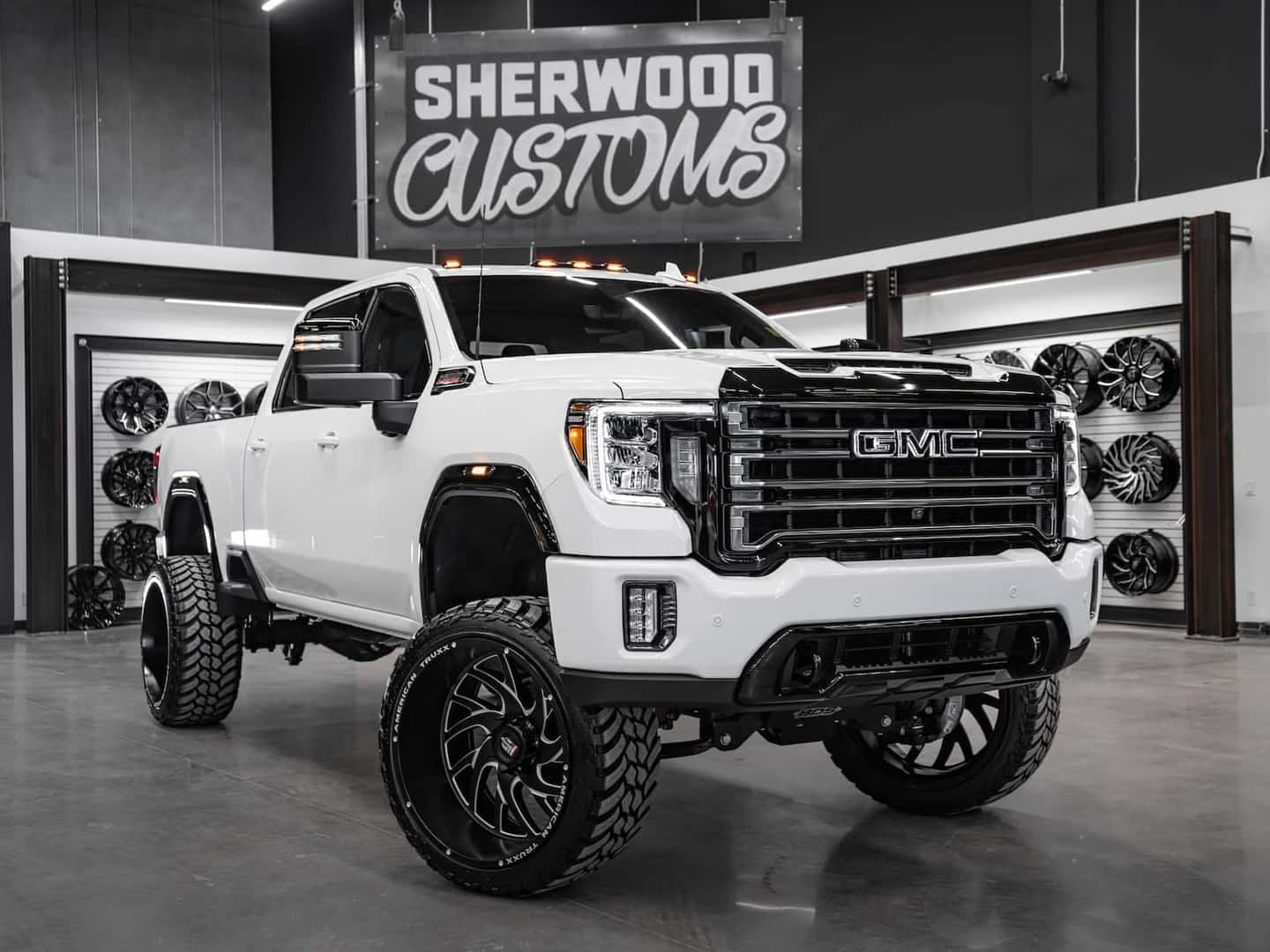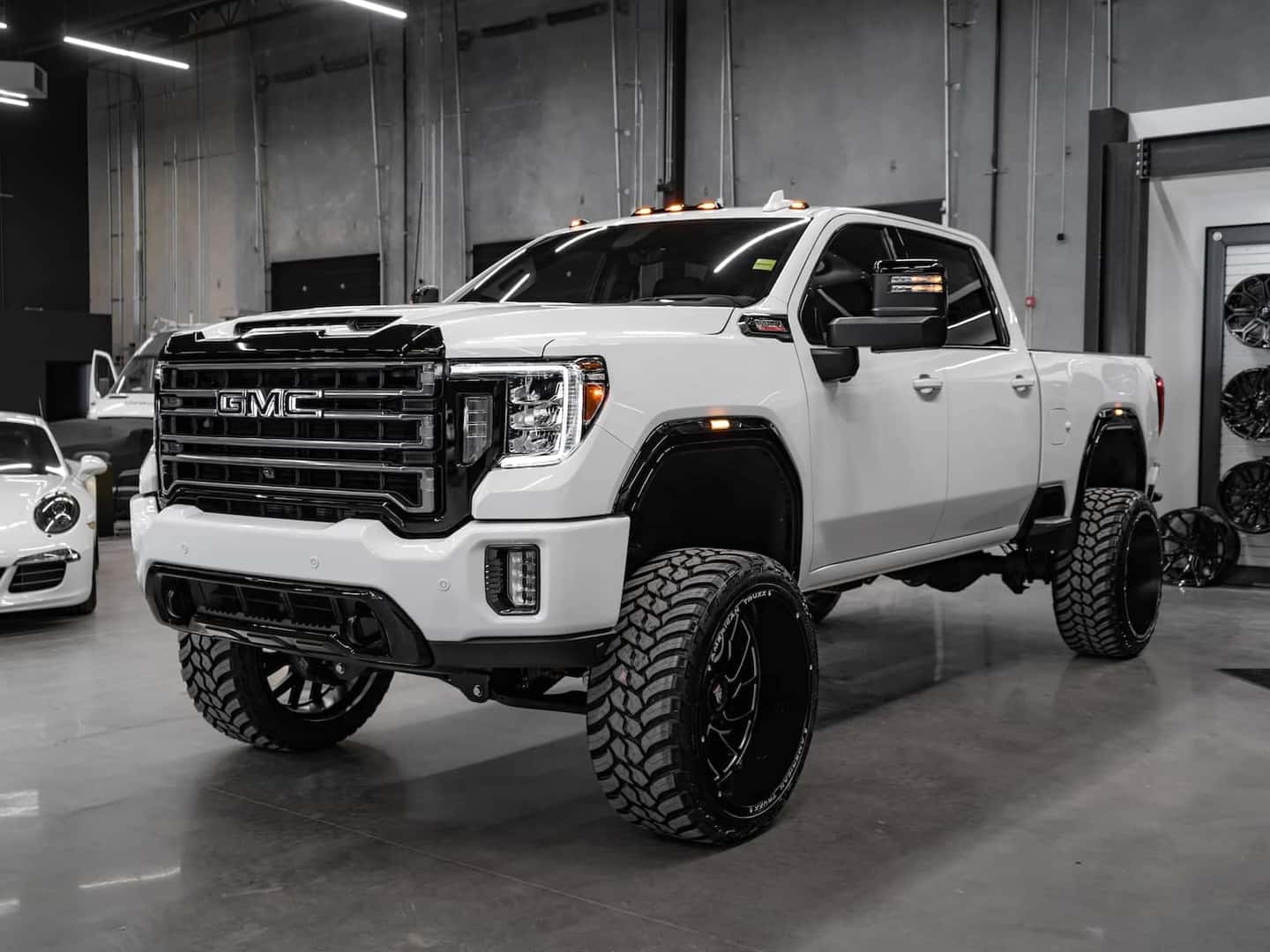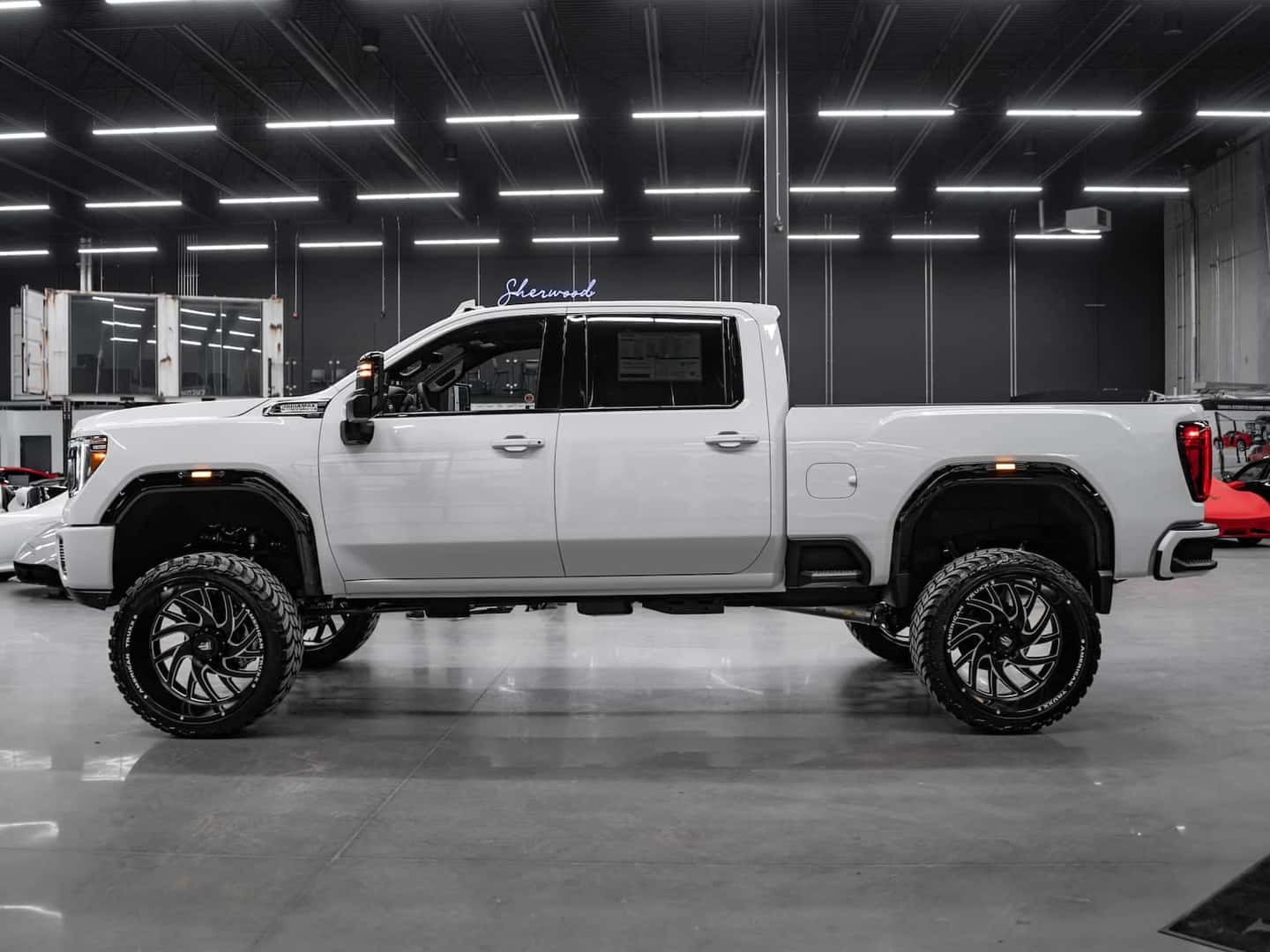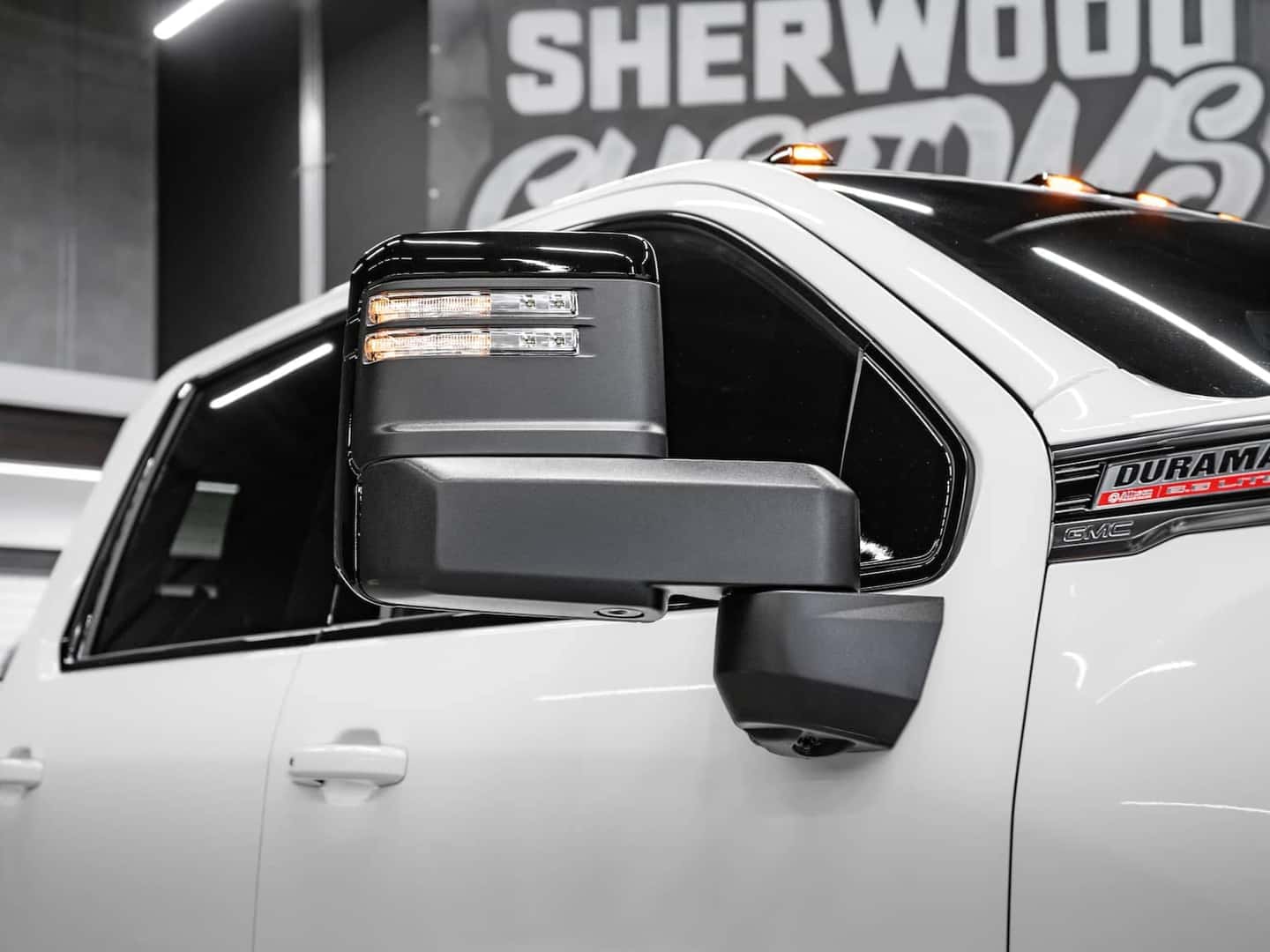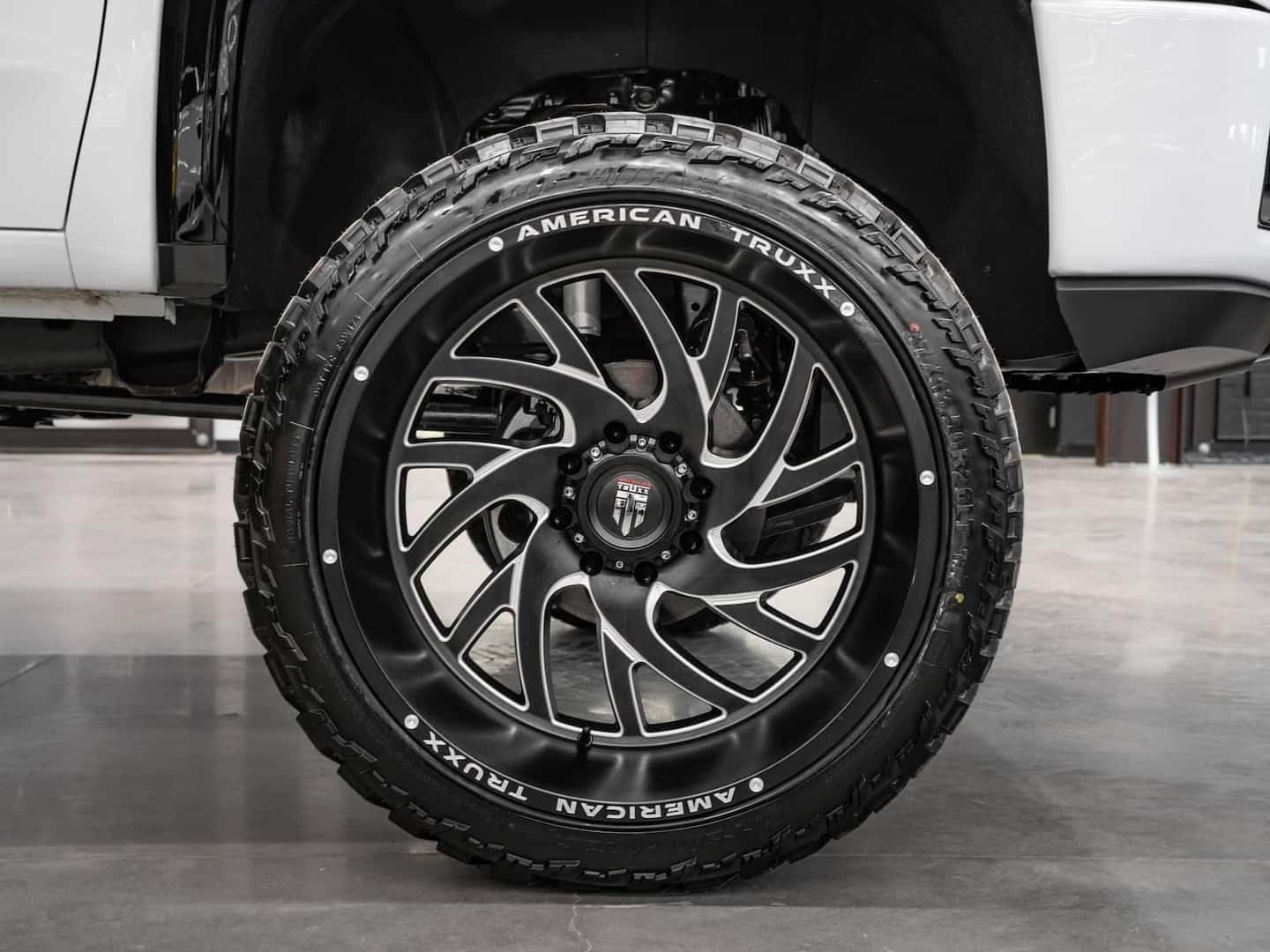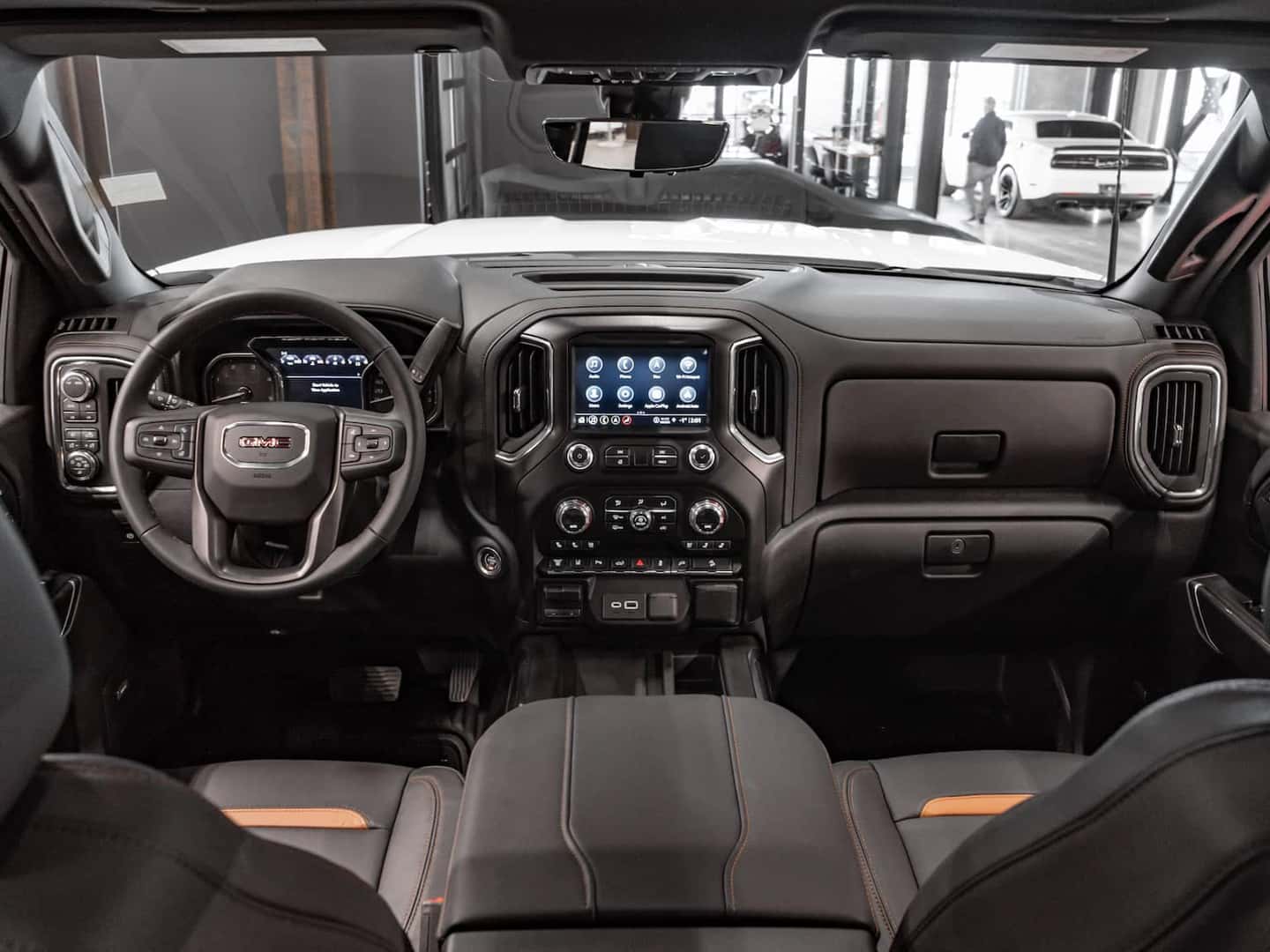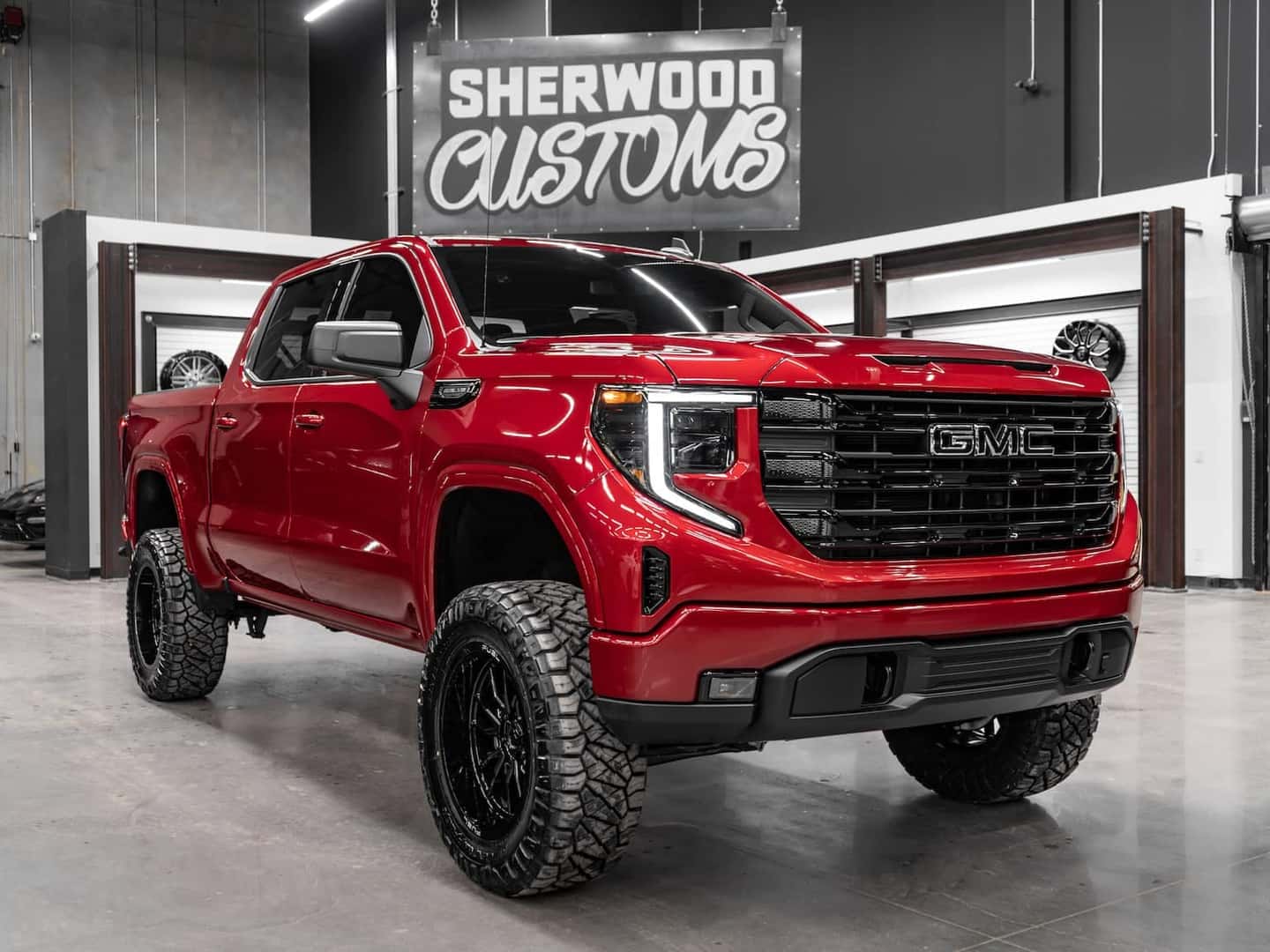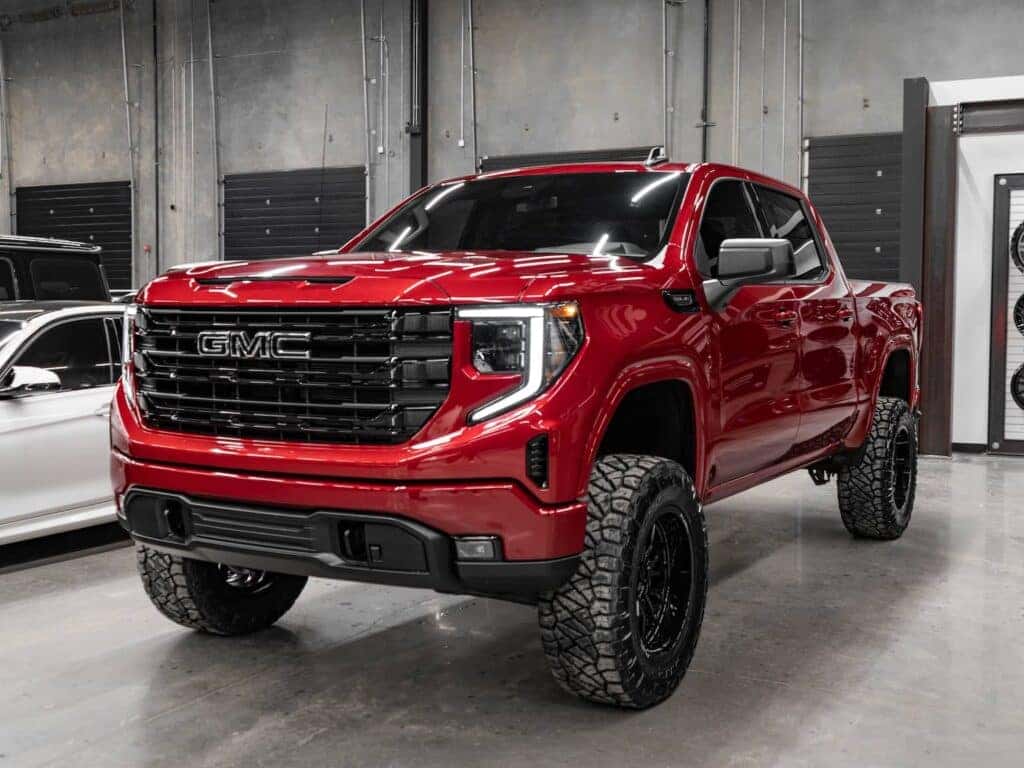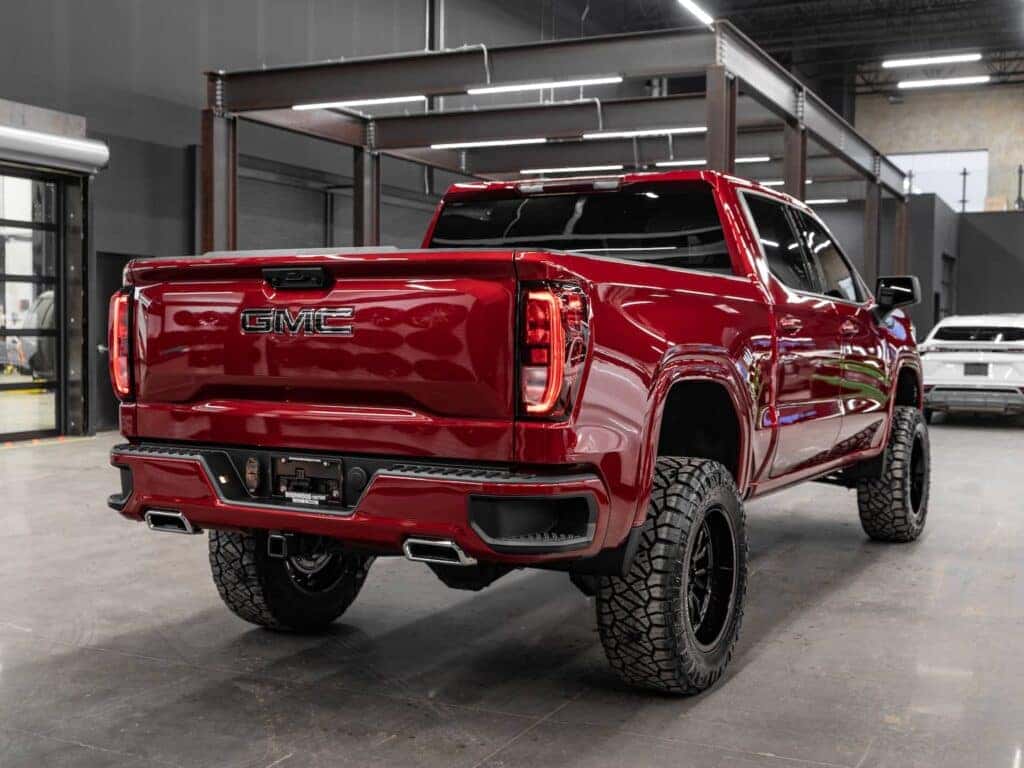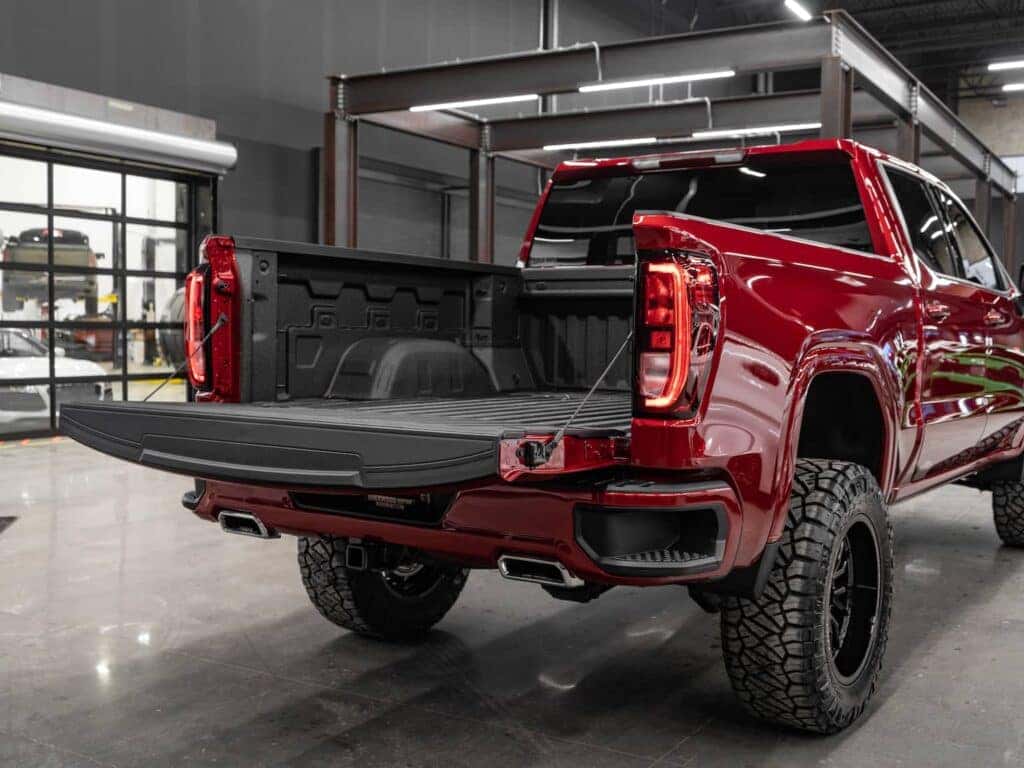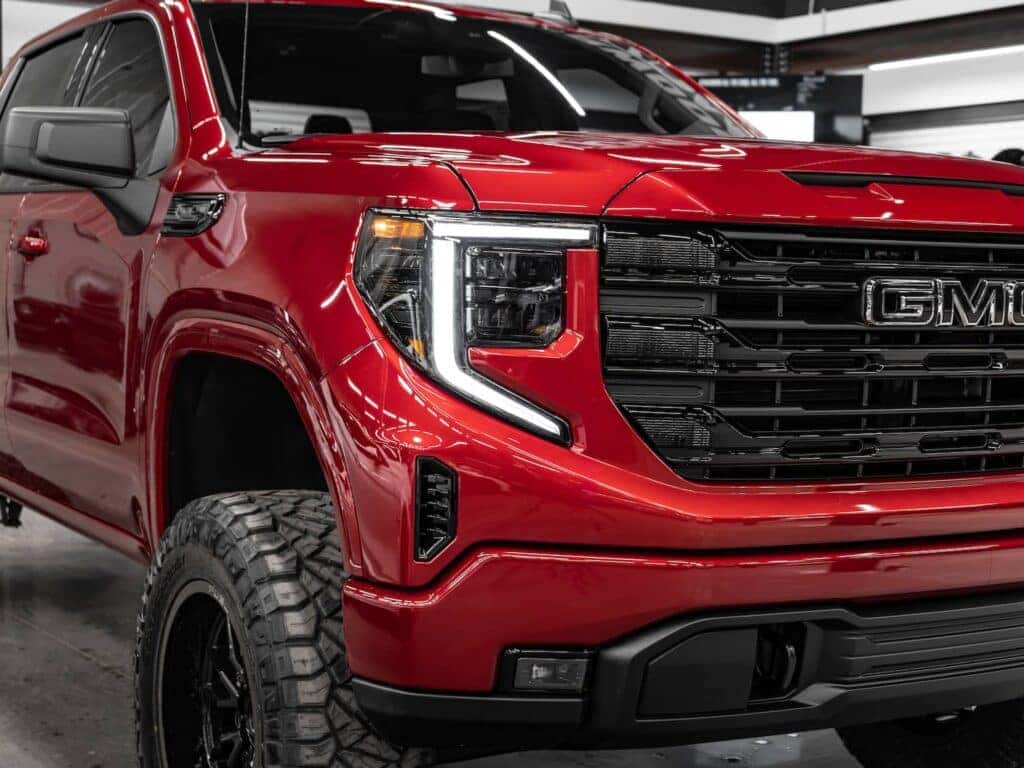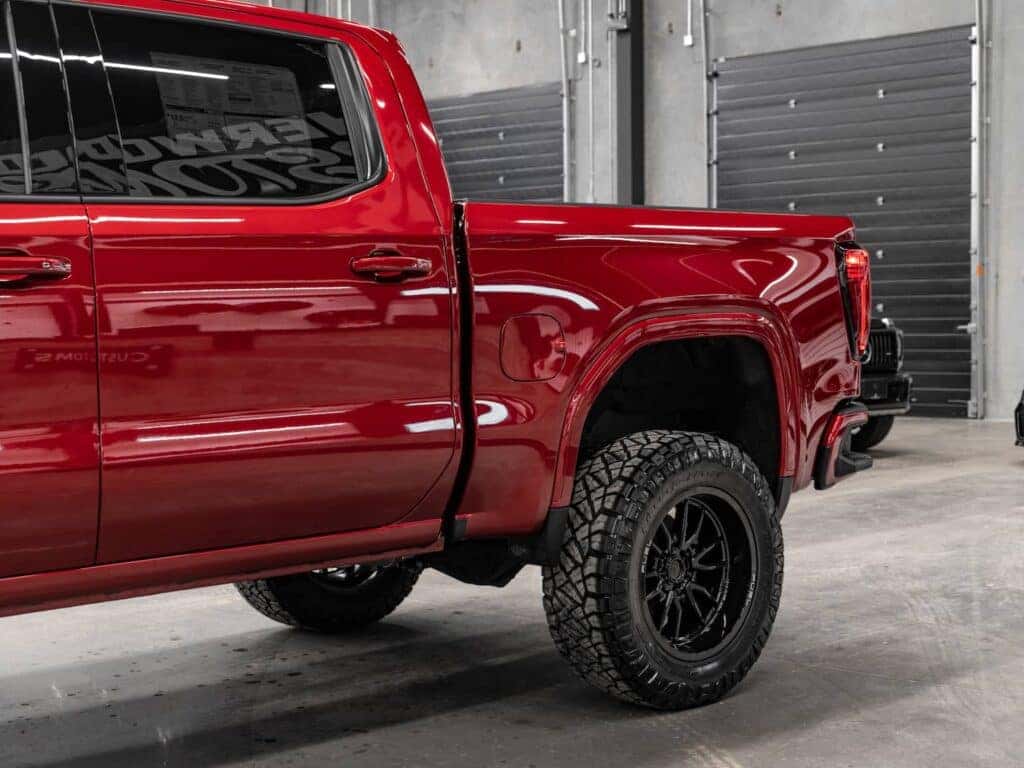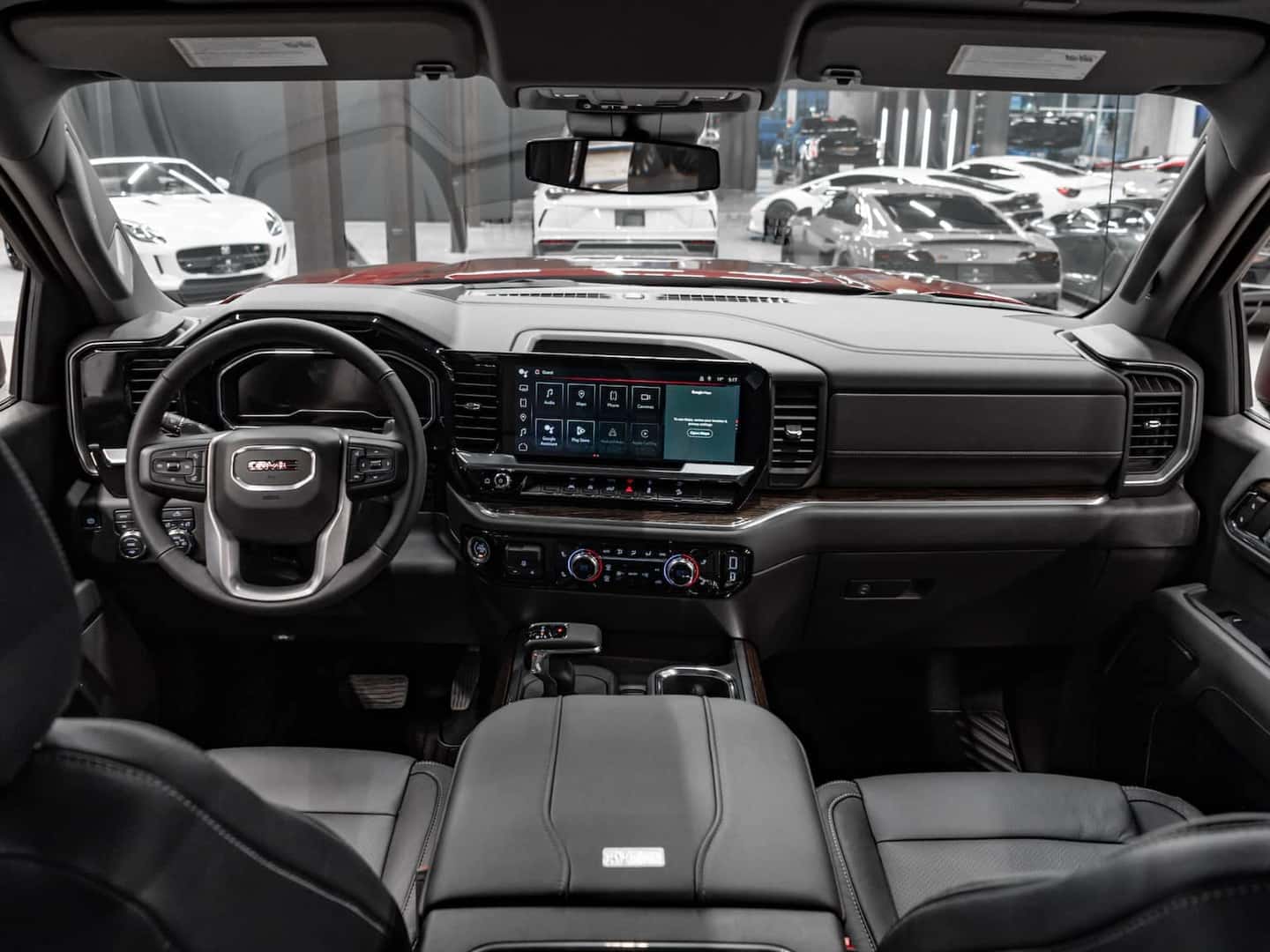Tire Types Explained

Tires are one of the most integral parts of your vehicle. Ensuring you have the correct tires for the weather conditions in which you live and travel around, not only provides you with a comfortable driving experience, but ensures you remain safe while on the road. Like your vehicle, tires require regular maintenance and care to get the most life out of them. Getting your tires rotated and wheels aligned regularly leads to even tire wear and keeps your vehicle driving efficiently.
When purchasing tires, there are many tire brands to consider depending on your needs and budget. But first, you’ll need to decide which tire type will be best suited to your driving needs. Below are the most common tire types available to compare to assist you in your search.

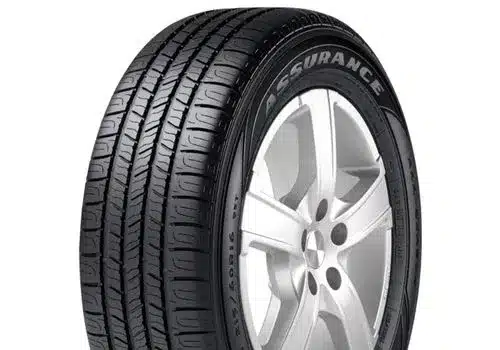
All-season Tires
Intended for use in warm, dry, and wet weather. They provide normal traction for a wide variety of mild conditions. They typically have treads that are straight and smooth that resist water when riding on wet roads and grip the road better during hot weather. The tread compound is harder and more durable than all-weather tires in warmer temperatures, however becomes stiffer when it gets colder outside which decreases your vehicle’s traction on the road. These tires are not designed for sub-zero temperatures and harsh winter conditions.

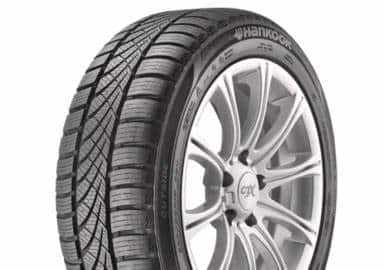
All-weather Tires
All-weather tires combine the advantages of summer and winter tires and are a great year-round option. Suitable for mild winter conditions with rain, light snowfall and slush, they outperform an all-season tire in the winter. This makes them a great choice for those not wanting the hassle of a seasonal tire changeover and storage. However they are not designed for deep snow and ice. For those living in areas with harsh winter conditions, it’s advised to have a set of winter tires.


Performance Tires
Also referred to as summer tires, these tires are used primarily on premium and performance-orientated vehicles. The lower profile and stiffer sidewall give your vehicle improved traction and high-speed stability throughout the warmer months.

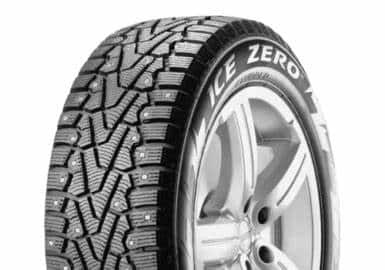
Winter Tires
Designed exclusively for use in colder weather, snowy and icy conditions. They deliver superior braking and handling when temperatures dip below 7 degrees Celsius. They are made of materials to allow for the tire to remain pliable in colder weather. They are not meant to be driven in the summer as the heat will wear out the tires. Some winter tires have metal studs to increase traction on ice.

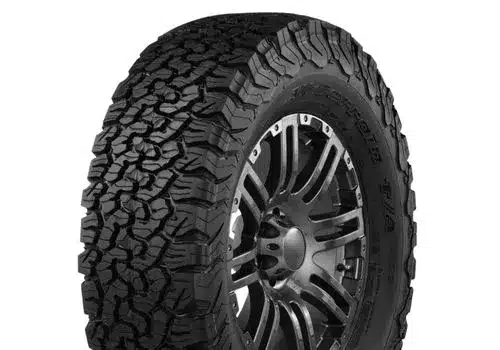
All-terrain Tires
Made with complex tread patterns that support your vehicle while driving off-road in sand, dirt or gravel. However they are actually great for all driving surfaces and can be used in every season. The broader channels between tread blocks improve traction as it allows the tire to grab onto rocks, branches or mud but also everyday roads. On the flip side, the bulkier tread patterns can reduce fuel efficiency and increase road noise. The softer rubber used in the tread can also wear down more quickly than other tire types.


